The American University In Cairo Department of Architectural Engineering
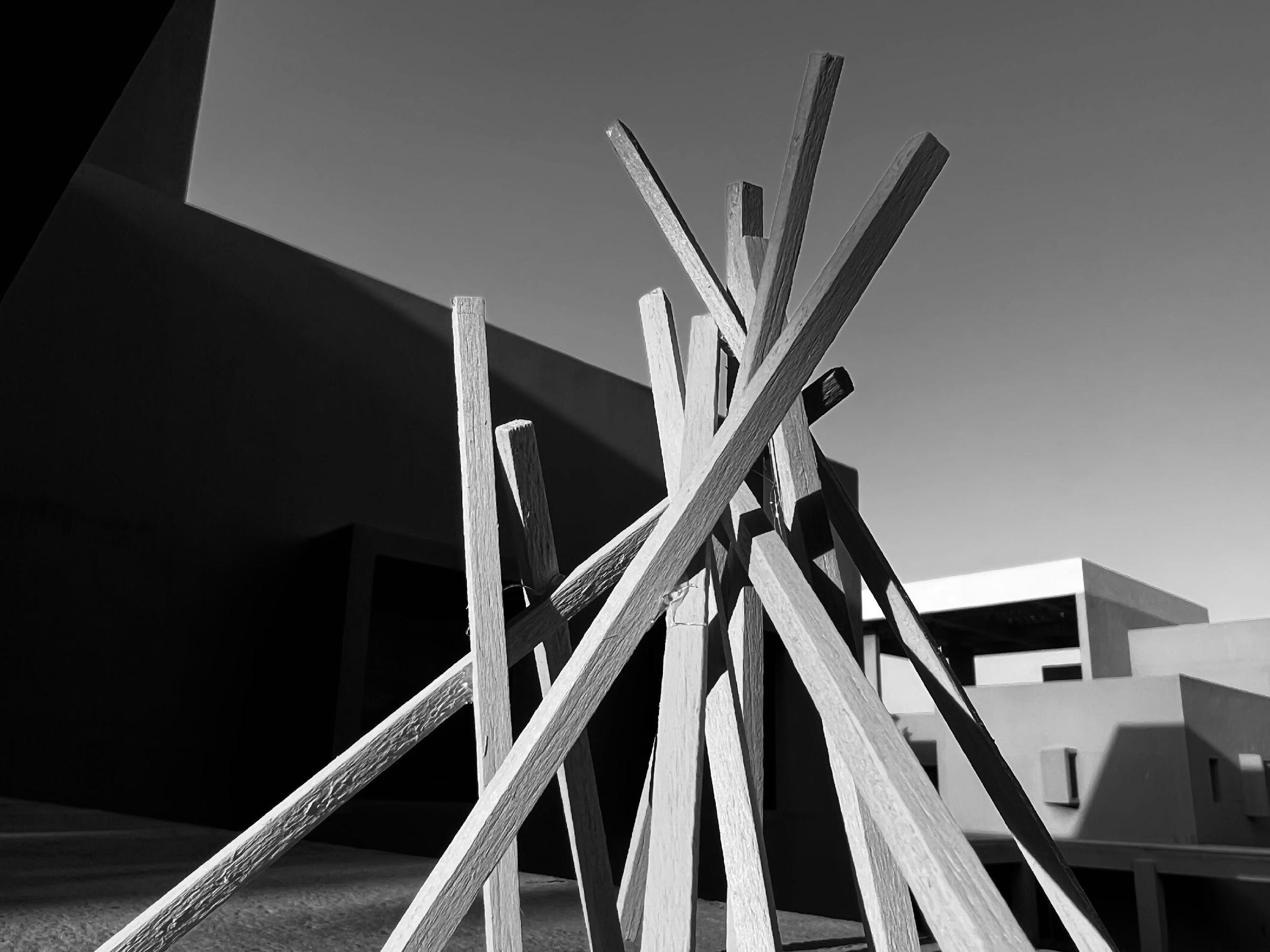




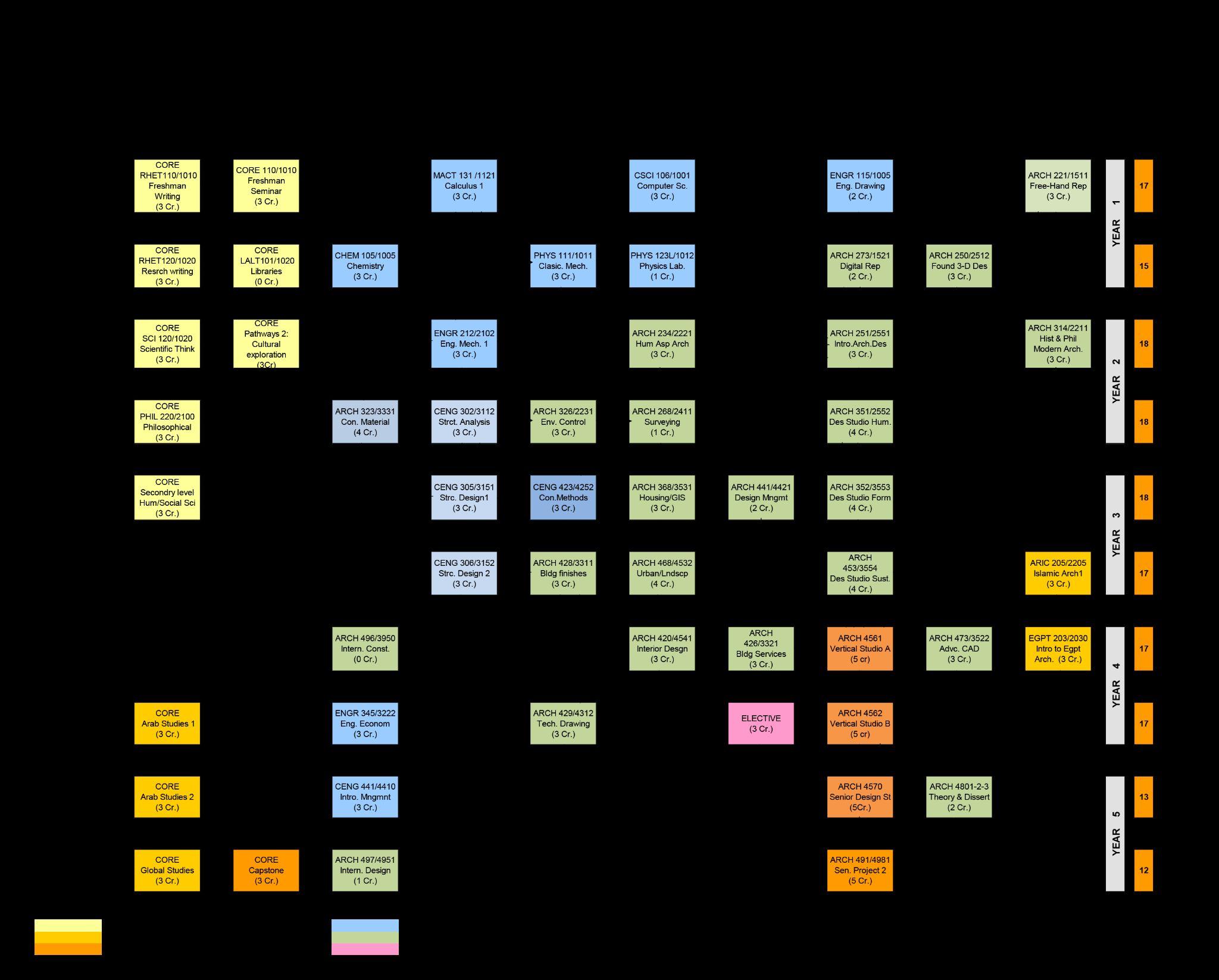
Instructor: Dr. Aly Kandil alykandil@aucegypt.edu
Oice: TBA
Teaching Assistants:
- Mai Youssef, maiyoussef@aucegypt.edu
- Marwa El-Hatw, marwa_hatw@hotmail.com
- Tuqa Momtaz, tuqamomtaz@aucegypt.edu
Studio: Tuesdays 11:30 – 3:20 pm
Room: Plaza Studio (Ground floor by the Courtyard’s Glass Gallery)
Catalogue Description:
Prerequisite: none Basic concepts and fundamentals of visualization, thinking, and design of simple forms in three dimensions. Presentation, communication and basic design skills using simple three dimensional modeling exercises in manual formats. Solutions are explored balancing between aesthetic and functional design criteria. Lectures, slide presentations, guided design studios and design critiques will be used. No previous digital or modeling experience is required.
Course Structure:
This course is designed around a set of two or three functional application exercises and a final project. These applications can be a chair, standing lamp, display unit, art piece installation, child’s play, musical booth, etc. Each main exercise serves as a training milestone for combining a group of basic concepts and simple forms coming together in a 3-dimensional application. The purpose of these key exercises is to test students’ creativity in the compilation of complex superimposed forms with dynamic aesthetics, as well as testing their ability to function in regard to the human scale
Target Audience:
This course will provide entry-level visualization, communication and design skills for a wide variety of fields including mechanical engineering, architecture, interior and furniture design, graphic design, package design, marketing, and visual arts. It will help produce innovative modeling projects such as exhibit design, simple vehicle design, furniture design, packaging design, product design etc.
Text Book:
•Hannah, G. 2002. Elements of Design, Rowena Reed Kostellow and the Structure of Visual Relationships: exercises in three-dimensional design, New York: Princeton Architectural Press.
Course Objective:
● To develop basic three-dimensional and spatial thinking, visualizing and problem-solving skills
● To apply three-dimensional thinking approach to various design fields, such as abstract expression, architectural design, product design etc.
● To understand the concepts of form, ratio and proportion
● To learn how to express an abstract concept into its respective formalistic representation
After completing the course, students should be able to:
1. Understand and critically analyze elementary three-dimensional designs using the concepts and principles of three-dimensional design and express this analysis both verbally and in writing. (fulfillment of UIA objectives 3 and 16)
2. Ability to use simple 3-dimensional modeling principles to design and present three-dimensional objects. (fulfillment of UIA objectives 1 and 3)
Course Design Questions:
What is the essence and aesthetics of Form? How form, space and function interplay three dimensionally? What are the foundations of tectonics and structure of Form using modeling experiments and hands-on experience? How to incorporate concept-framing and simple design process of development stages in the design/build 1:1 installation project?
Additional readings:
• Ching, Francis D. K., and Frank Ching. 2014. Architecture: Form, Space, and Order. Somerset, UNITED STATES: John Wiley & Sons, Incorporated. • Various materials will be selected from other sources
Prerequisites by topics:
• none
3. Understand formal ordering systems (proportioning, dynamics, rhythm, visual relationships etc.) as well as apply them to simple architectural objects. (fulfillment of UIA objectives 3 and 16)
4. Ability to apply fundamental 3-dimensional design skills to a given object and to integrate aesthetic and functional aspects in simple designs. (fulfillment of UIA objectives 1, 3 and 16)
Topics:
● Introduction to basic concepts of three-dimensional design
● Integration of aesthetic and functional design criteria
● Three-dimensional design presentation techniques
● Object design and modeling in Studio
Grade 1: 25%
Three-Dimensional Thinking and Problem-Solving Assignments: This is a series of exercises aiming at introducing three-dimensional problem-solving skills. These exercises are to be performed individually by students in the studio, including 5% for midterm exam. Basic concepts of 3-Dimensional design are taken into consideration. Manual techniques of 3D modeling and 2D sketching will be used. The focus should be on the process of 3-D problem solving and development of form rather than the product.
Grade 2: 25%
Three-Dimensional Thinking and Problem-Solving Assignments: This is a series of exercises aiming at developing 3-Dimensional problem-solving skills. These exercises are to be performed individually or in groups by students as take-home assignments. Basic concepts of three-dimensional design are taken into consideration. Manual techniques of 3D modeling and 2D sketching will be used. Research and process work is essential in the way students tackles these assignments. The focus should be on both the process of 3-D problem solving and development of form and the final product submied.
Grade 3: 25%
Final Project: Object Design and Modeling Assignment: Integration of ideas and concepts of the basic exercises demonstrated throughout the course with principles of space analysis. A high level of abstraction and exploration of space with function and human scale agronomics is required. Basic concepts of 3-Dimensional design are taken into consideration. Manual modeling techniques are to be used. Experimentation with dierent materials is encouraged. The focus should be on the process of 3D problem solving and development of form rather than just the final presentation technique and product.
Grade 4: Portfolio and Development 25%
Grading policy: All assignments and projects will be discussed in studio and the students will be graded according to their aendance, participation, and generation of new ideas. The majority of the project grade will be placed on the student’s ability to develop his ideas from concept to finished product, integrating information and critiques at each stage. Students are expected to refer to relevant issues from their discussions, readings and lectures during critiques and throughout assignments.
Grading Rubric for Exercises (whenapplicable):
• Applying 3D rules of design in terms of proportions and Aesthetics.
20 pts.
• Creativity and Design Approach. 20pts.
• Functional translation and expression from concept to object (expression skill). 20 pts.
• Development of the idea and its presentation on the concept board (process work, form analysis and presentation skills). 20 pts.
• Workmanship (craftsmanship skill). 20pts
The grades will be assigned according to the following criteria.
• Grade A: For an excellent and superior performance displaying highest level of command of all aspects of the relevant material, with no or only a few minor weaknesses. Student exceeded expectations of the course and applied many of the design issues raised from discussions, readings etc., to their course work and showed outstanding creative abilities and novelty in handling the design aspects. Students who are within the grade A category are expected to be innovative, highly technical and add to the studio and class environment and enrich the learning spectrum with innovative ideas.
• Grade A-: For an excellent performance displaying a high level of command of all aspects of the relevant material, with only minor weaknesses, just short of superior outstanding performance.
• Grade B+: For a very good performance displaying a high level of command of most aspects of the relevant material, with only minor weaknesses
• Grade B: For a very good performance displaying a proficient level of command of most aspects of the relevant material, with some weaknesses. Student completed the work for the course at a high quality (as opposed to superior) and expressed very good depth of understanding, design capabilities and mastered new skills.
• Grade B-: For a very good performance displaying an appropriate level of command of most aspects of the relevant material, with some weaknesses
• Grade C+: For a satisfactory performance displaying good command of the relevant material, but also weaknesses
• Grade C: For a fair performance displaying fair command of the relevant material, but also considerable weaknesses. Student must have completed the work for the course.
• Grade C-: For a below fair performance displaying below fair command of the relevant material, but also considerable weaknesses. Student must have completed the work for the course.
• Grade D: For a deficient performance displaying some command of the relevant material, but also major weaknesses
• Grade D-: For a seriously deficient performance displaying minor command of the relevant material, but also major weaknesses, meeting only the minimum requirements of acceptance
• Grade F: For a performance which is not acceptable in all or major respects or does not meet the minimum requirements of acceptance
Aendance Policy:
Students in all courses at the Department of Architecture are required to abide by the University approved Aendance Policy. The following specifics pertain to the course:
- Students shall aend and participate in all classes except for a pre-authorized excuse from the instructor.
- Students who have a pre-authorized excuse from the instructor shall coordinate with the instructor the time and place of submiing any missing assignment or taking an in-class missed quiz, test and/or exam. It is the sole responsibility of the student to follow-up with the instructor in this regard.
- Students who miss more than the maximum three-week equivalent of absences without an authorized approval of the instructor or not in compliance with the University Aendance Policy shall receive an F in the course.
For full definition of standards of academic integrity please refer to the University’s Code of Academic Ethics: hp://in.aucegypt.edu/auc-academics/academic-integrity/code-academic-integrity hp://schools.aucegypt.edu/academics/rhet/FAQ/Pages/Academic_Integrity.aspx
It should be noted that given the creative nature of design studios particular aention should be given to plagiarism in any form- i.e. presenting others work (professional or non-professional), whether in whole or in part, as your own, even with alterations. Failure to adhere to the university’s Code of Academic ethics in any form will result in severe penalties and failure of the course. For a broader understanding of principles of plagiarism and copyright protection in international architectural standards refer to hp://www.archdaily.com/772313/want-to-work-internationallyheres-what-you-need-to-know-about-copyright
Aendance Policy:
While conducting your course work, assignments, and final project, you are required to respect the code of conduct of the campus’s larger community, people and its buildings. Any damage, paint, or destruction to the campus’s material, be it walls, floors, chairs, and property caused by your work can result in failing your assignments and losing grades leading to failing the whole class. Preserve and maintain the good condition of studios, buildings and open spaces. Take all precautions while working on campus and in the department; use cuing mats, plastic bags while working on your 1:1 models, do not paint over walls, seats, tables, and so on. Take all necessary measures for the safety and cleanliness of your working space.
Course Outcome Alignment to UNESCO-UIA Fundamental Objectives:
1 Ability to create architectural designs that satisfy both aesthetic and technical requirements.
2 Adequate knowledge of the history and theories of architecture and the related arts, technologies, and human sciences 3 Knowledge of the fine arts as an influence on the quality of architectural design. 4 Adequate knowledge of urban design, planning, and the skills involved in the planning process. 5 Understanding of the relationship between people and buildings, and between buildings and their environment, and of the need to relate buildings and the spaces between them to human needs and scale. 6 Understanding of the profession of architecture and the role of the architect in society, in particular in preparing briefs that take into account social factors. 7 Understanding of the methods of investigation and preparation of the brief for a design project 8 Understanding of the structural design, constructional, and engineering problems associated with building design. 9 Adequate knowledge of physical problems and technologies and of the function of buildings so as to provide them with internal conditions of comfort and protection against the climate 10 Design skills necessary to meet building users’ requirements within the constraints imposed by cost factors and building regulations 11 Adequate knowledge of the industries, organisations, regulations, and procedures involved in translating design concepts into building and integrating plans into overall planning 12 Awareness of responsibilities toward human, social, cultural, urban, architectural, and environmental values, as well as architectural heritage 13 Adequate knowledge of the means of achieving ecologically sustainable design and environmental conservation and rehabilitation 14 Adequate knowledge of the means of achieving ecologically sustainable design and environmental conservation and rehabilitation disciplines and construction methods related to architecture. 15 Adequate knowledge of project financing, project management, and cost control and methods of project delivery. 16 Training in research techniques as an inherent part of architectural learning, for both students and teachers
H: high, M: Medium, L: Low
As part of the Architectural Department’s assessment policy, each piece of design work submied at any point by a student must fulfill the basic threshold pass requirements of that level. Failure to pass this threshold will result in the reward of an "R" grade and a request to resubmit the work until threshold performance is met. Work receiving an "R" grade will not be reviewed at that time until it is re-submied at a satisfactory level of fulfillment of the design threshold rubric of that level. The Level 3 Threshold Pass Rubric is as follows:
Threshold Criteria 1. Applying 3D rules of design in terms of proportions and Aesthetics.
2. Creativity and Design Approach
3. Functional translation and expression from concept to object (expression skill).
4.Development of the idea and its presentation on the concept board (process work, form analysis and presentation skills)
5.Workmanship (craftsmanship skill)
Minimum pass performance descriptors
Work must demonstrate an appropriate level of aesthetics and understanding of the rules of composition for designing threedimensional objects, an adequate level of abstraction, and the ability to explore dierent iterations for designing compositions.
An acceptable level of workmanship with good manual skills for building models. Manipulation of materials, texture, openings, proliferations, and harmonious colors. Models should be constructible, stable and robust with clean cuts. A responsive aitude of patience, persistence, and curiosity to use and explore new materials.
Integration of utility and functional design standards using basic exercises. Demonstrate an ability to construct and engage with the technicalities of design-build multi-scalar applications and incorporate human scale
A good sense of presenting multiple compositions on a canvas. A satisfactory organizing skill for arranging compositions and objects vis-à-vis each other where the negative space in-between creates a spatial dialogue.
All models, photos of models, text, annotated diagrams, and analysis should communicate all information clearly and correctly.
Recognizable photos with good quality resolution and analyses on concept boards, presentations, verbal and wrien, and inside portfolios must be used.
1. Understand and critically analyze elementary three-dimensional designs using the concepts and principles of three-dimensional design and express this analysis both verbally and in writing.
2. Ability to use simple 3dimensional modeling principles to design and present three-dimensional objects
Work submied demonstrates that concepts learnt are integrated and synthesized deeply and thoughtfully across all elements of the work and new concepts are synthesized developed and applied
The objects submied demonstrate three-dimensional relationships that are integral to the conceptual and aesthetic development of the objects, developed thoughtfully and creatively to elevate rather than just support the experience of space within the objects
Work submied demonstrates that concepts learnt are integrated and synthesized deeply and thoughtfully across all elements of the work
Work submied demonstrates that concepts learnt are integrated and synthesized but to a level that is literal and direct
The objects submied demonstrate three-dimensional relationships that are integral to the conceptual and aesthetic development of the objects, developed thoughtfully and creatively
The objects submied demonstrate three-dimensional relationships that are integral to the conceptual and aesthetic development of the objects, developed in a way that is technically correct and appropriately implemented and communicated
Work submied demonstrates that concepts learnt are minimally but still acceptably understood and integrated
The objects submied demonstrate three-dimensional relationships that are technically correct and appropriately implemented and communicated but are not integrated with, nor do they elevate the aesthetic of the objects
Work submied demonstrates that a minimal to negligible number of concepts learnt are integrated
The objects submied demonstrate three-dimensional relationships that are technically incorrect and/or inappropriately implemented and/or incorrectly communicated
3. Understand formal ordering systems (proportioning, dynamics, rhythm, visual relationships etc.) as well as apply them to simple architectural objects
Work submied demonstrates exceptional, original and unique mastering of abstraction and compositional skills. Formal ordering systems and critical thinking demonstrated through the design work shows exceptional understanding of and innovation in the modeling process. Student excelled at applying them to simple architectural objects
Work submied demonstrates a high standard of abstraction and compositional skills. Formal ordering systems and critical thinking demonstrated through the design work shows a very high standard of understanding of and innovation in the modeling process. Student worked very well at applying them to simple architectural objects
Work submied demonstrates a very good standard of abstraction and compositional skills. Formal ordering systems and critical thinking demonstrated through the design work shows a very good standard of understanding of and innovation in the modeling process. Student worked very well at applying them to simple architectural objects
Work submied demonstrates an acceptable standard of abstraction and compositional skills. Formal ordering systems and critical thinking demonstrated through the design work shows an acceptable standard of understanding of and innovation in the modeling process. Student worked acceptably at applying them to simple architectural objects
Work submied failed to demonstrate an acceptable standard of abstraction and compositional skills. Formal ordering systems and critical thinking demonstrated through the design work failed to show an acceptable standard of understanding of and innovation in the modeling process. Student failed to work acceptably at applying them to simple architectural objects
4. Ability to apply fundamental 3dimensional design skills to a given object and to integrate aesthetic and functional aspects in simple designs
Work submied demonstrates an exceptionally deep and nuanced understanding of aesthetics, functional aspects, users needs and their translation into design solutions. This understanding transcends that which is typical and standard and is user group specific in an original and unexpected way
Work submied demonstrates a deep and multilayered understanding of aesthetics, functional aspects, users needs and their translation into design solutions. This understanding fulfills to a very high degree the expectations of that which is typical and standard. It is user group specific to a very high degree.
Work submied demonstrates a good understanding of aesthetics, functional aspects, users needs and their translation into design solutions. This understanding fulfills to a good degree the expectations of that which is typical and standard. It is user group specific to a good degree.
Work submied demonstrates an acceptable understanding of aesthetics, functional aspects, users needs and their translation into design solutions. This understanding fulfills to an acceptable degree the expectations of that which is typical and standard. It is user group specific to an acceptable degree.
Work submied failed to demonstrate an acceptable understanding of aesthetics, functional aspects, users needs and their translation into design solutions. This understanding failed to fulfill to an acceptable degree the expectations of that which is typical and standard. It is not user group specific
Using only waste materials, we were required to create an abstract cube sculpture.
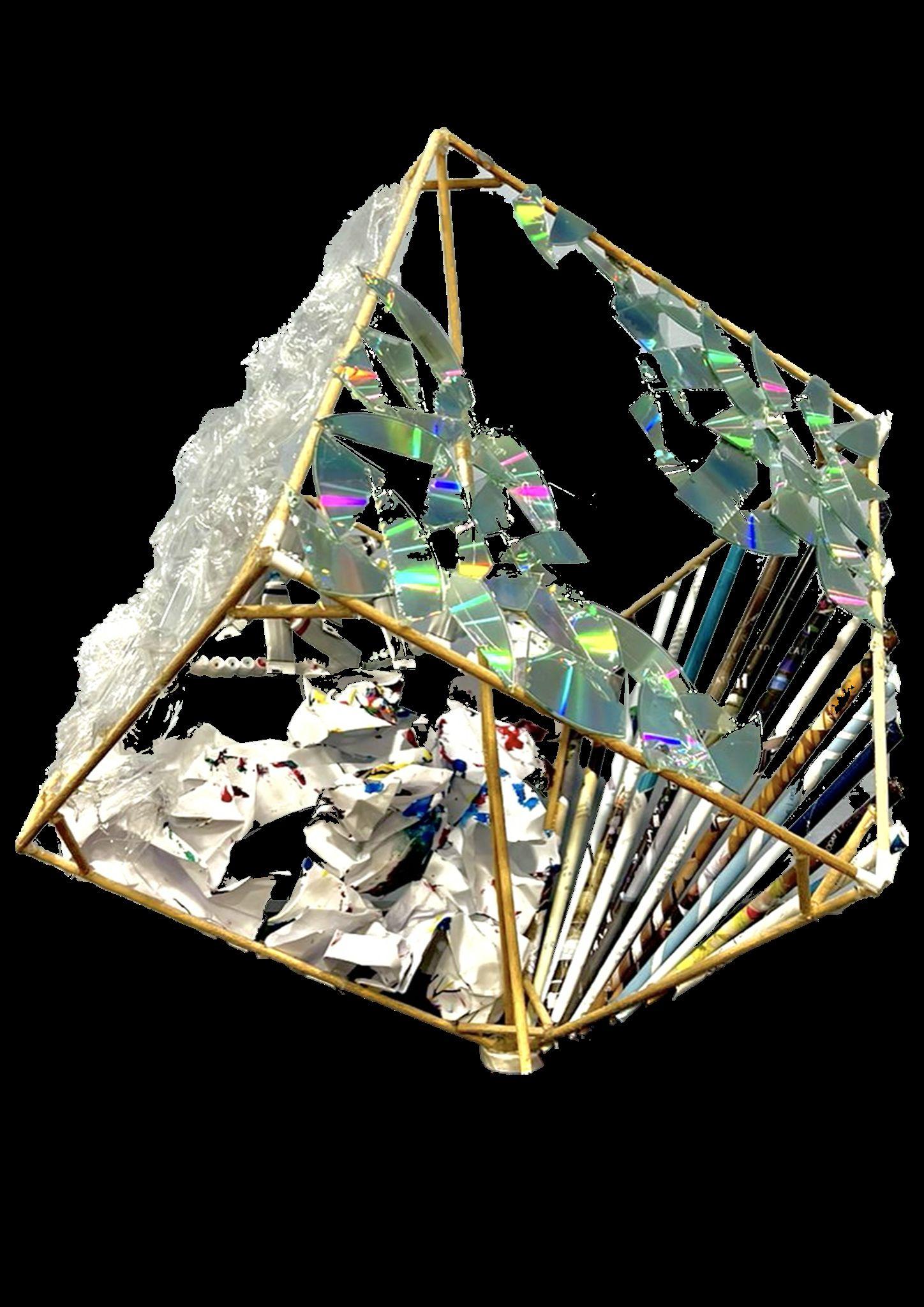
The cube overall all was relatively good and pleasing to the eye, however, the focus was on the surfaces of the cube, rather than the inside of the cube (2D rather than 3D effect)
This was my first attempt doing a 3D model. I was pleased with what I have created and I thought it looked good. But I understood that I should focus more on the 3D aspect of the model

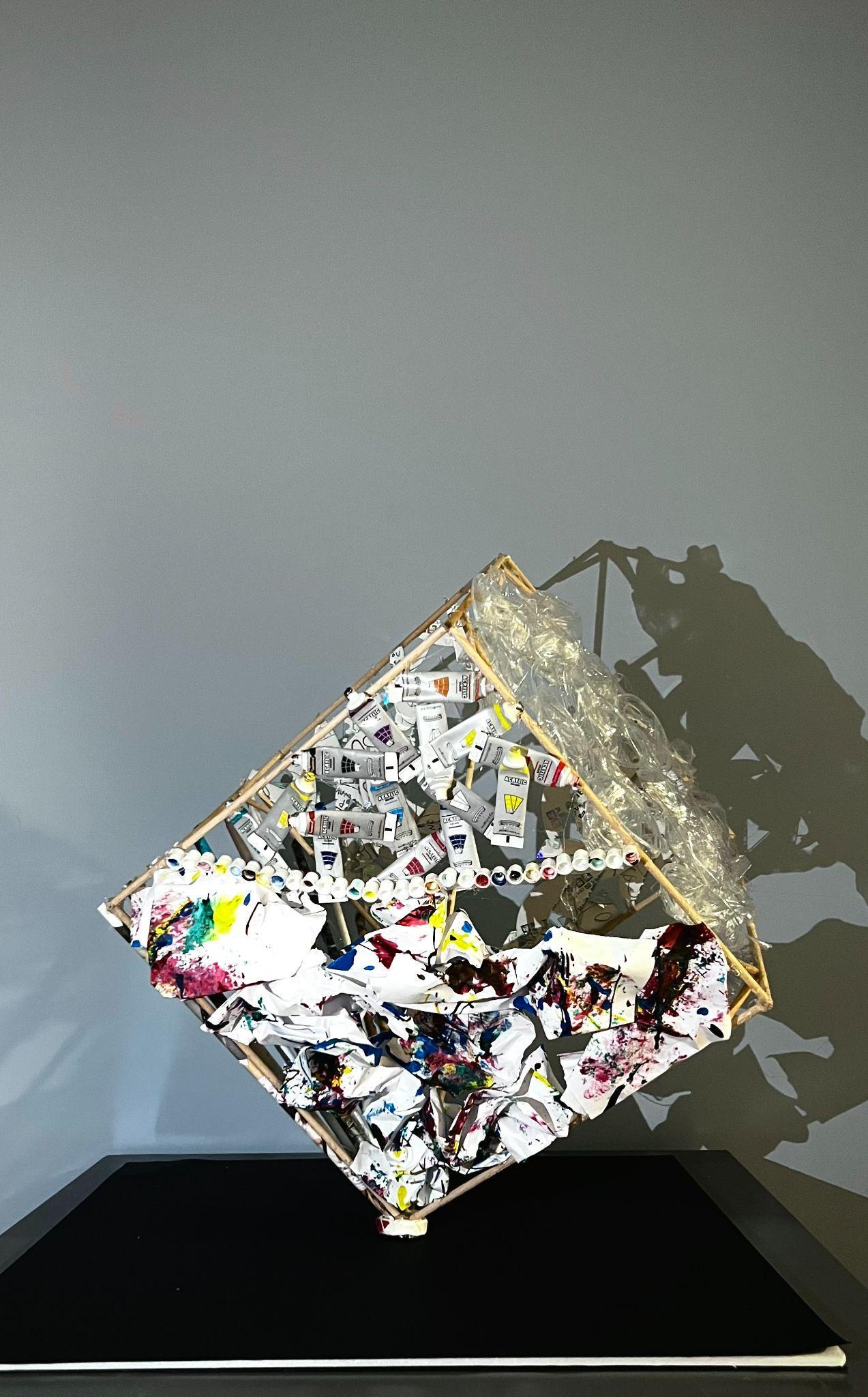

Model 4 3D clay compositions. Each composed of 3 cuboids of different dimensions. The model must make use of the 3 axes (x,y,z). It must also be as clean as possible.
Feedback Received Good models. The compositions should be more neat. Personal Reflection Shaping with clay was a bit difficult to control and create clean and neat models Grade

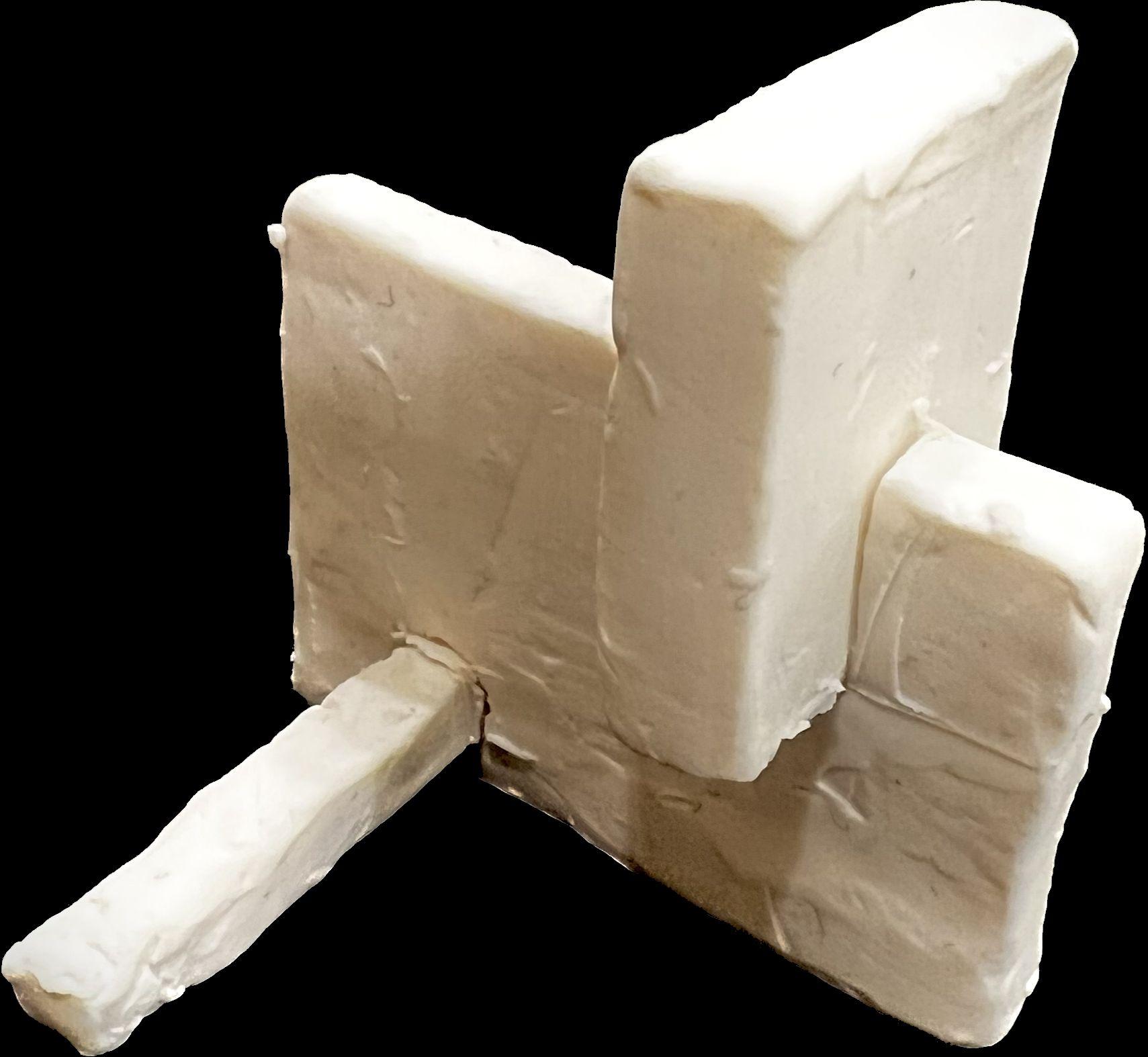
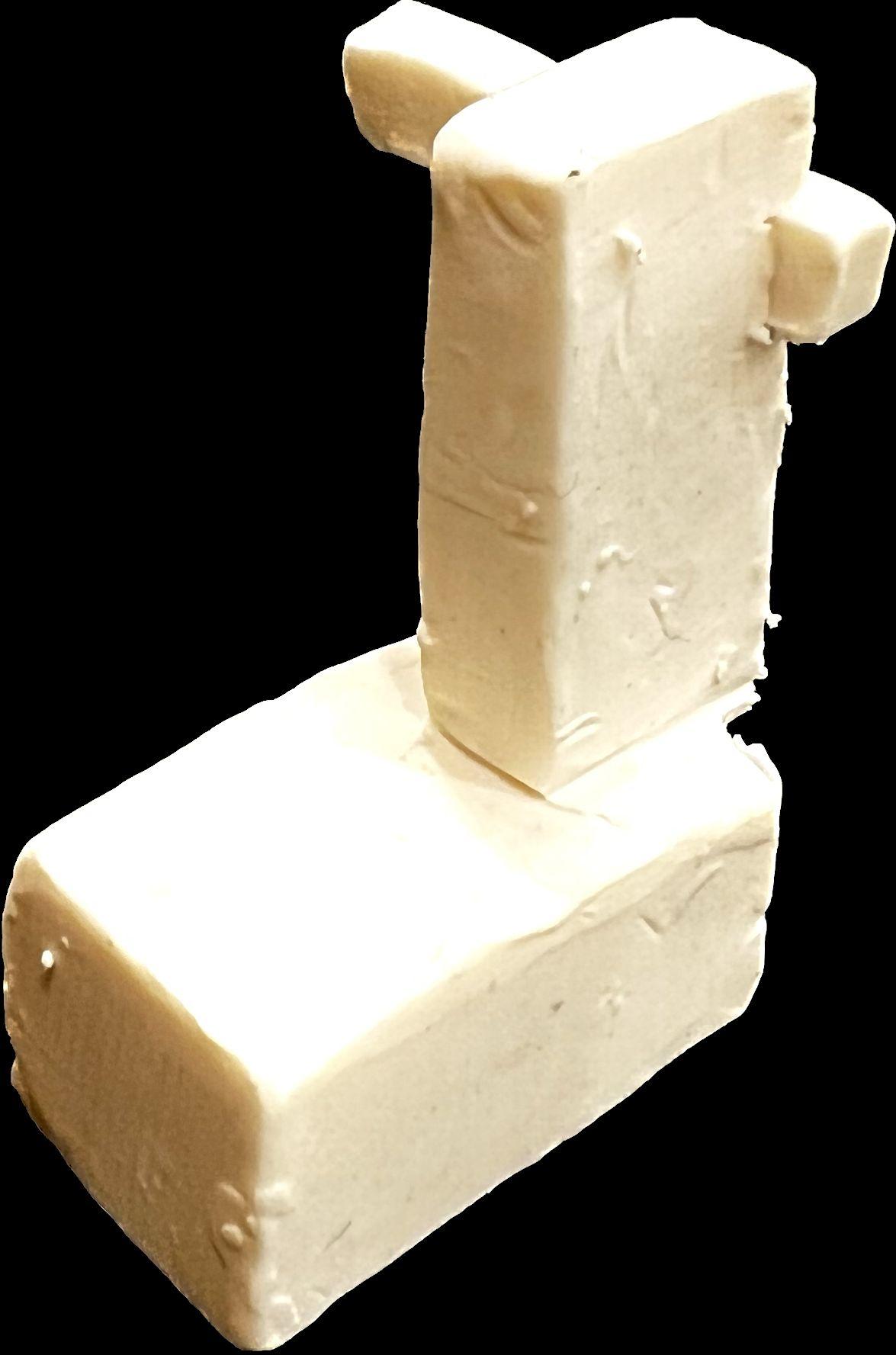
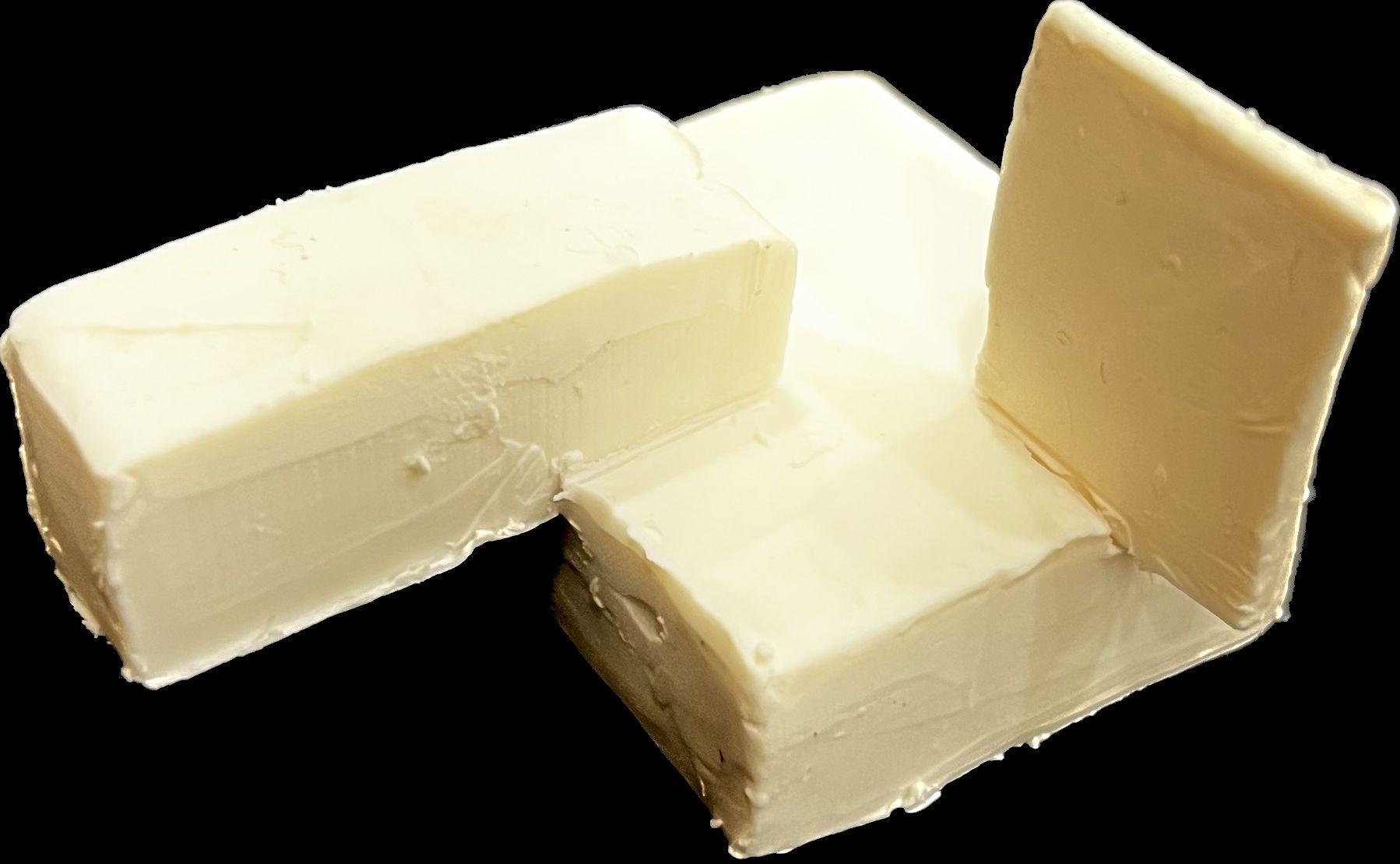

You are required to reinterpret ‘french fries’ as an abstract rectilinear composition. You shall decide on how to represent the fry as a 3d unit, and utilize this unit to build your composition.

These were the best photos in this assignment. Pictures were of good quality and great shots, as well as good intrepertations of shade & shadow, and good use of photoshop.
This was so fun to make as I enjoy photography, and I am pleased with what I have created Grade



Model 4 3D clay compositions. Each composed of 3 curvilinear shapes (cone, avoid, sphere, cylinder, round plinth, avoid plinth, hemisphere, and half avoid) of different dimensions. The model must make use of the 3 axes (x,y,z). It must also be as clean as possible. Feedback Received

Good exploration of different combinations. Personal
This time using clay was a bit easier than before and cleaner. Grade 8.5/10

You are required to design a large functioning spinning top expressing your personal vision and identity as a designer.

The spinner was functioning well and within the guidelines, however, it seemed a bit more planar than 3d. What was better, the extra spinner I made as an origami and took a bonus mark on it.
I struggled to create the spinner and to make it functional and spin.. The origami was a bit easier, but its problem was that it was rectilinear.

Model 5 3d plasticine compositions.

Composed of both curvilinear and rectilinear volumes. Each composition is formed to create either central, radial, linear, grid, or cluster compositions.
Feedback Received
Rejected shapes, grid is nice, radial and linear are safe, but overall good exploration. Personal Reflection
Could used other combinations not to play it safe. Grade 7.5/10


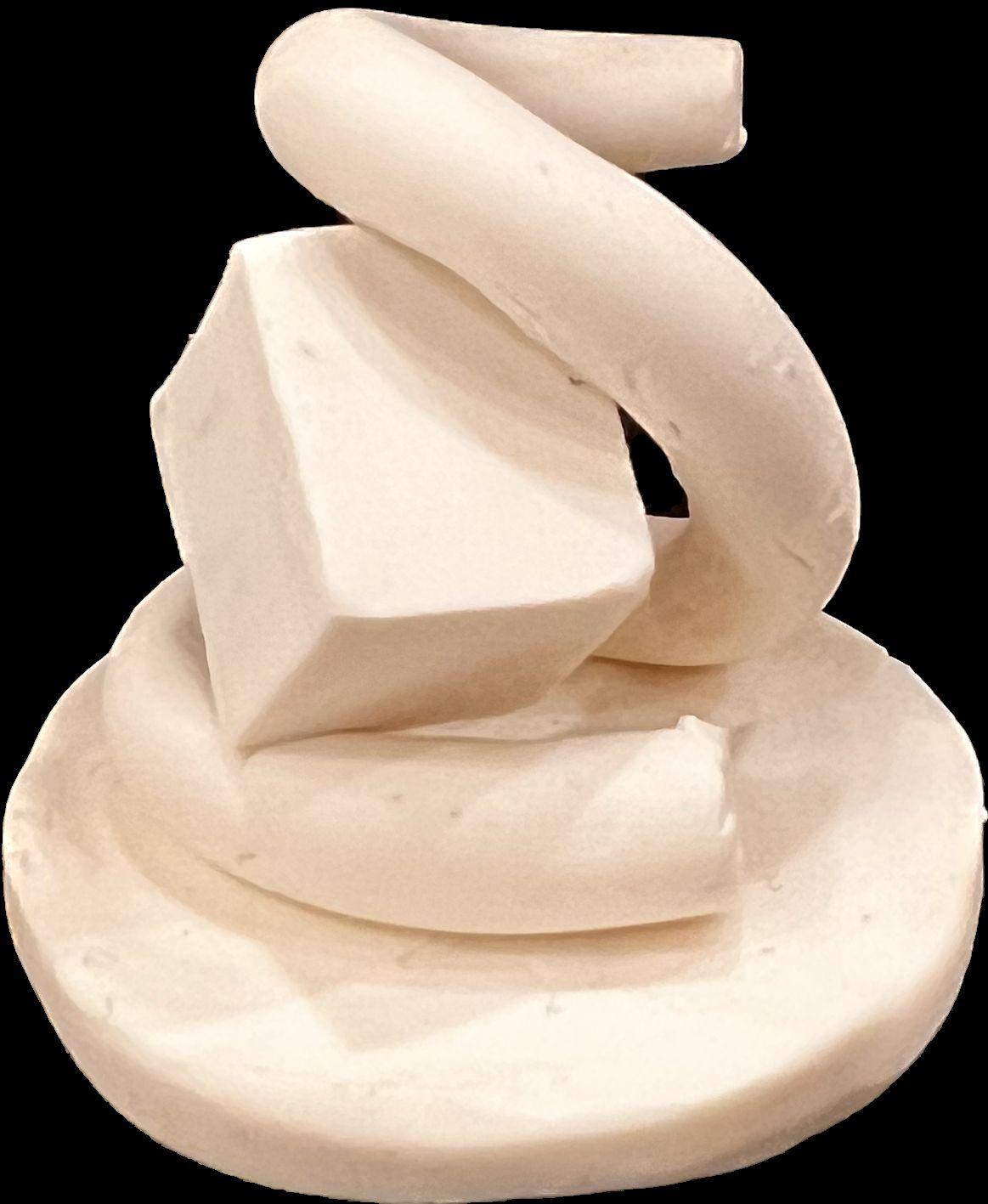
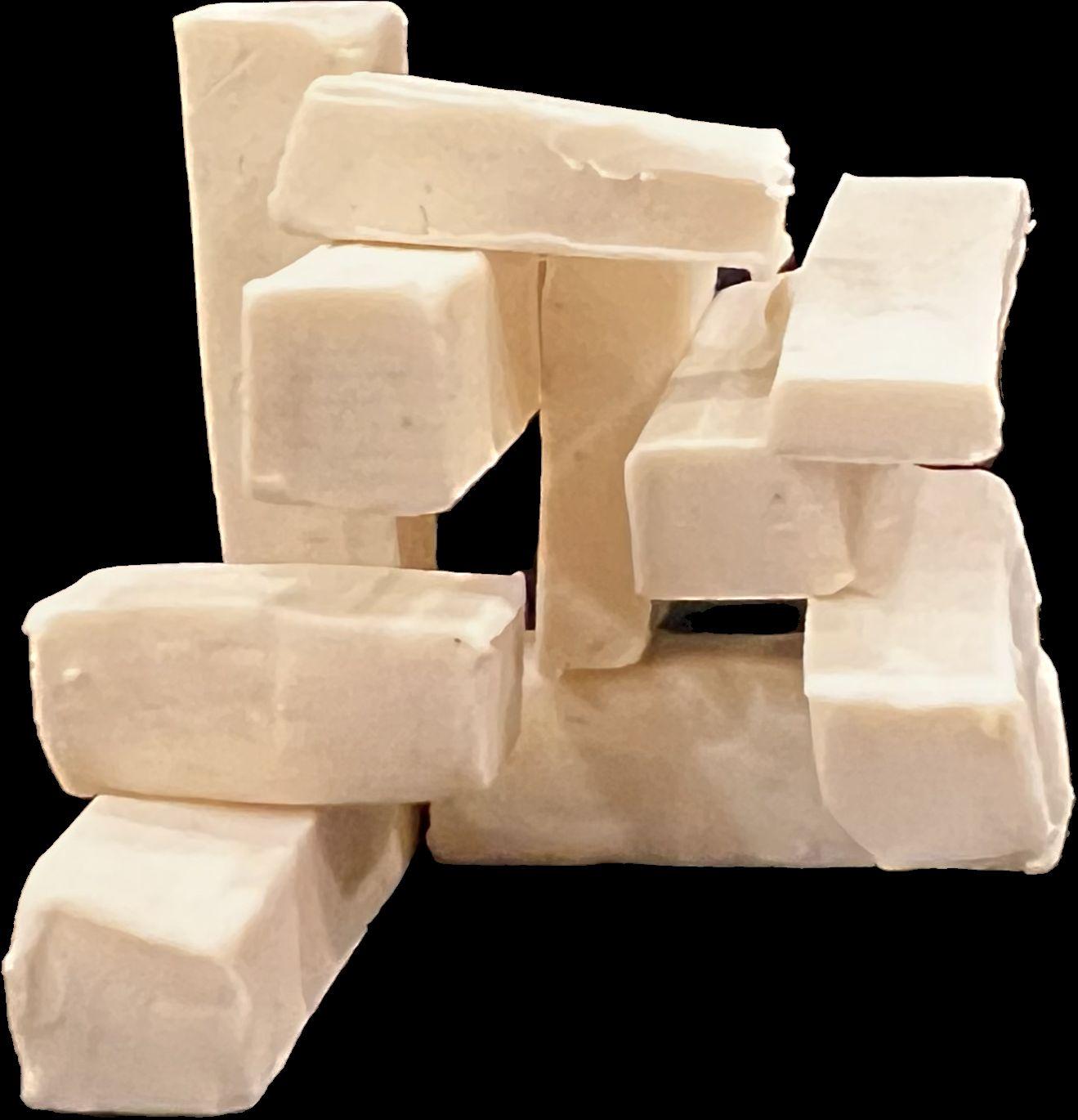
You are required to re-design the 555 cologne bottle for the rebranding, using the works of designers who work with curvi/recti forms as an inspiration.

The bottle was well-designed and good overall. However, I had to add a rectilinear form to the model as it was all curvilinear. Also, the bottle was smaller than 200ml.
I was really happy with the composition I have created, though I liked it more before the rectilinear addition. Grade



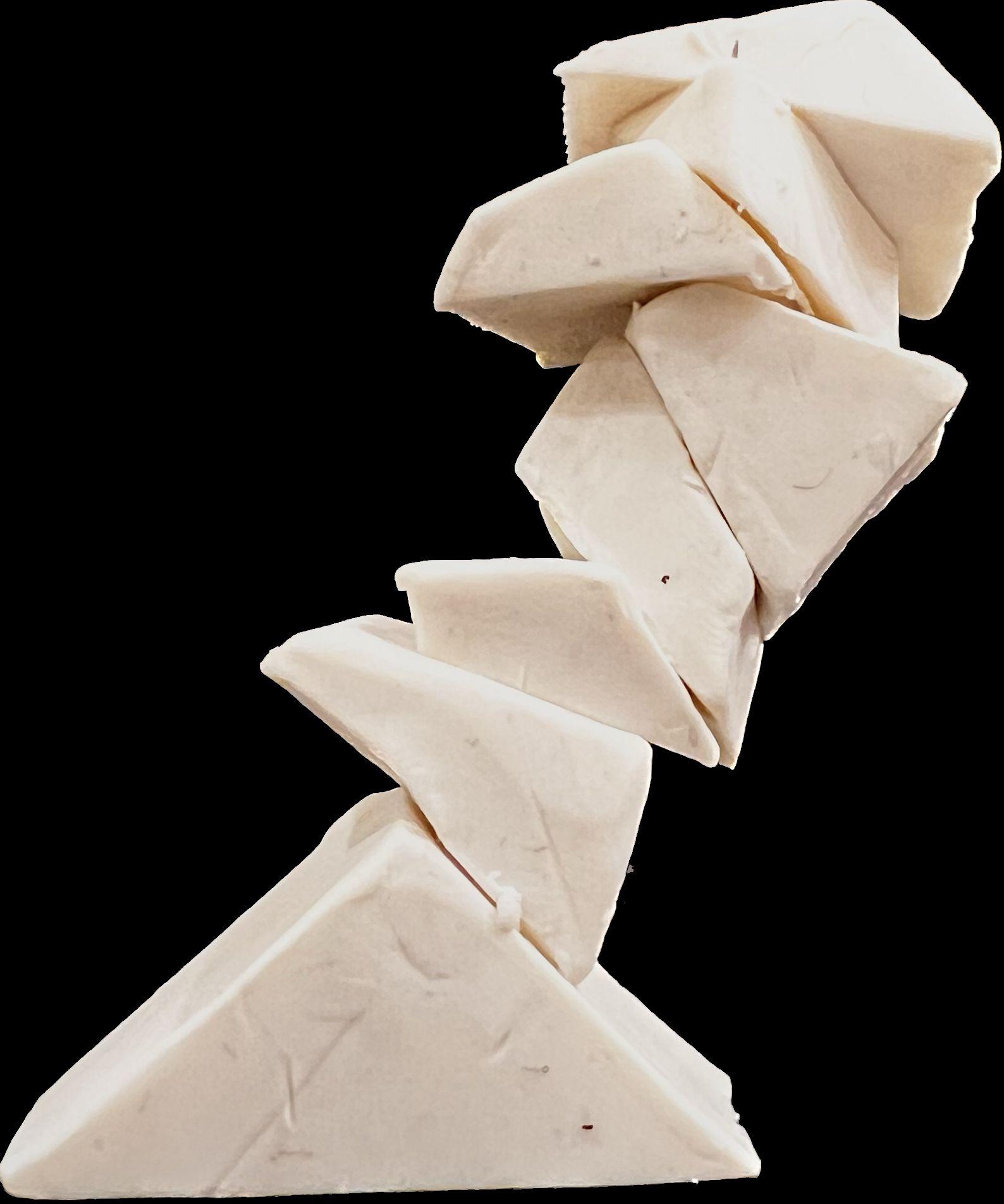
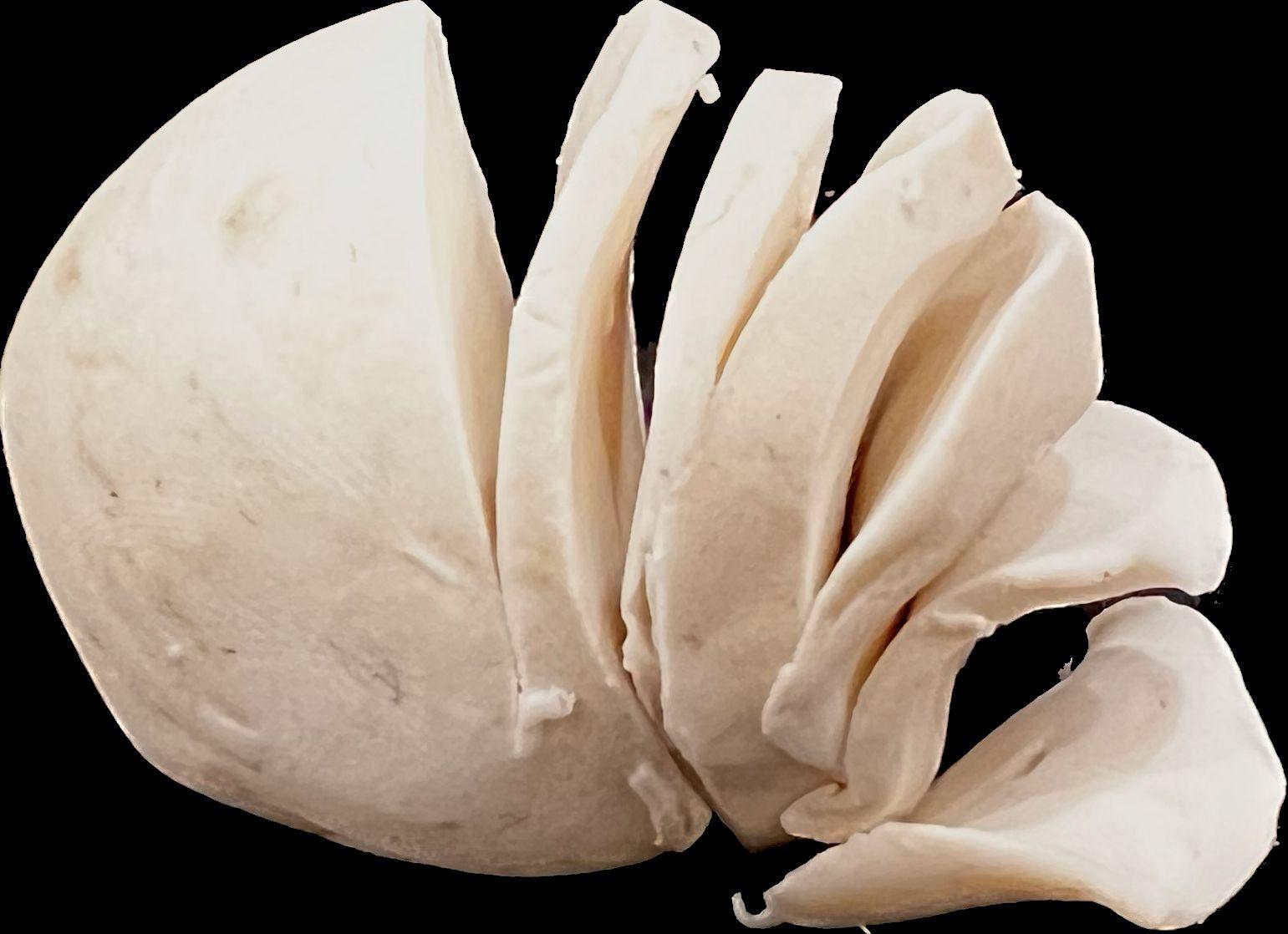


With ‘ Fragmentation’ as the topic, you are required to direct and produce a 30-second stop-motion short, visually exploring the topic.
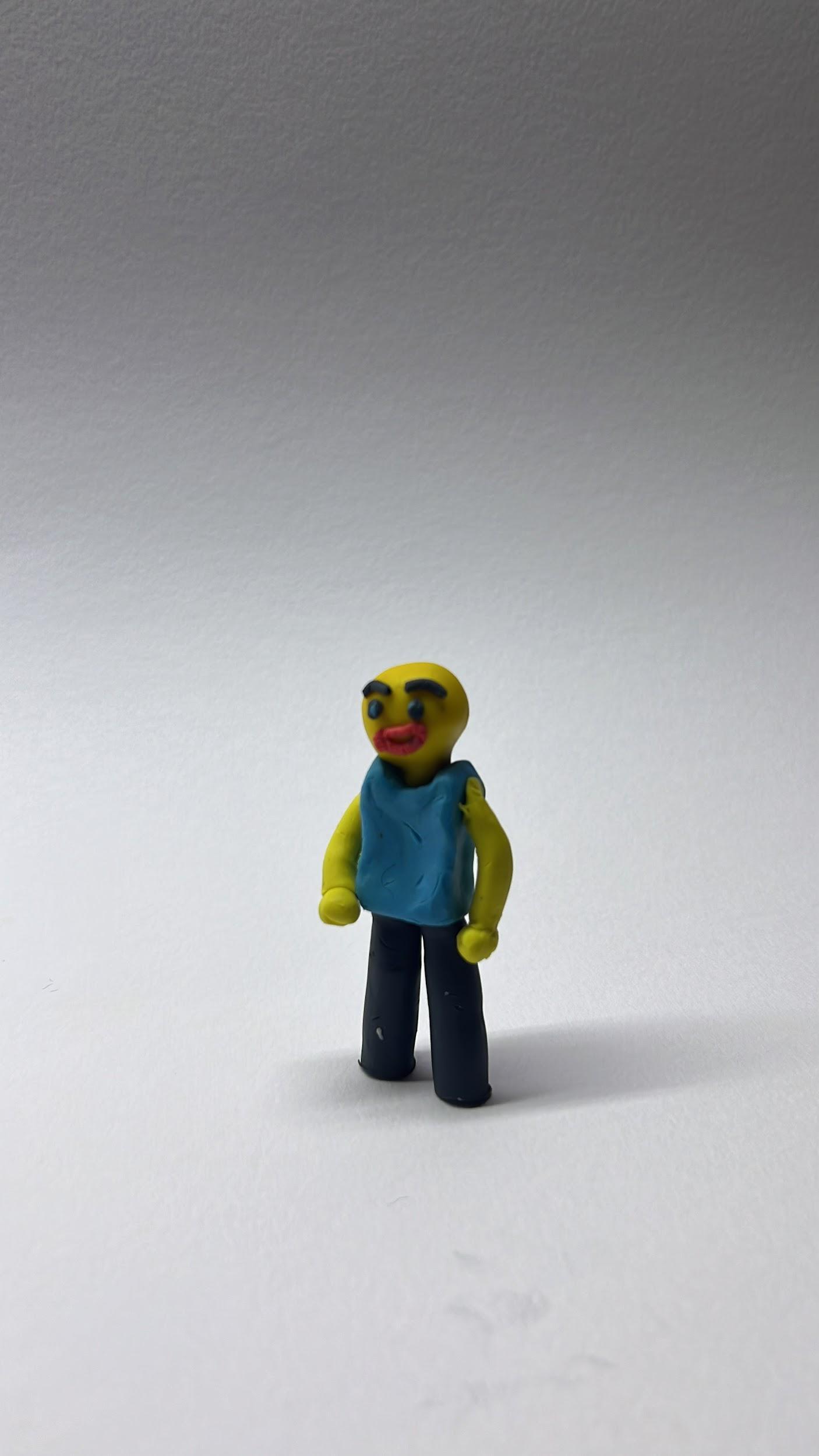
The video was directed and composed really well, and explored the topic of fragmentation.
This was my favourite assignment so far as I enjoy photography, directing, and filming. Grade 9.0/10
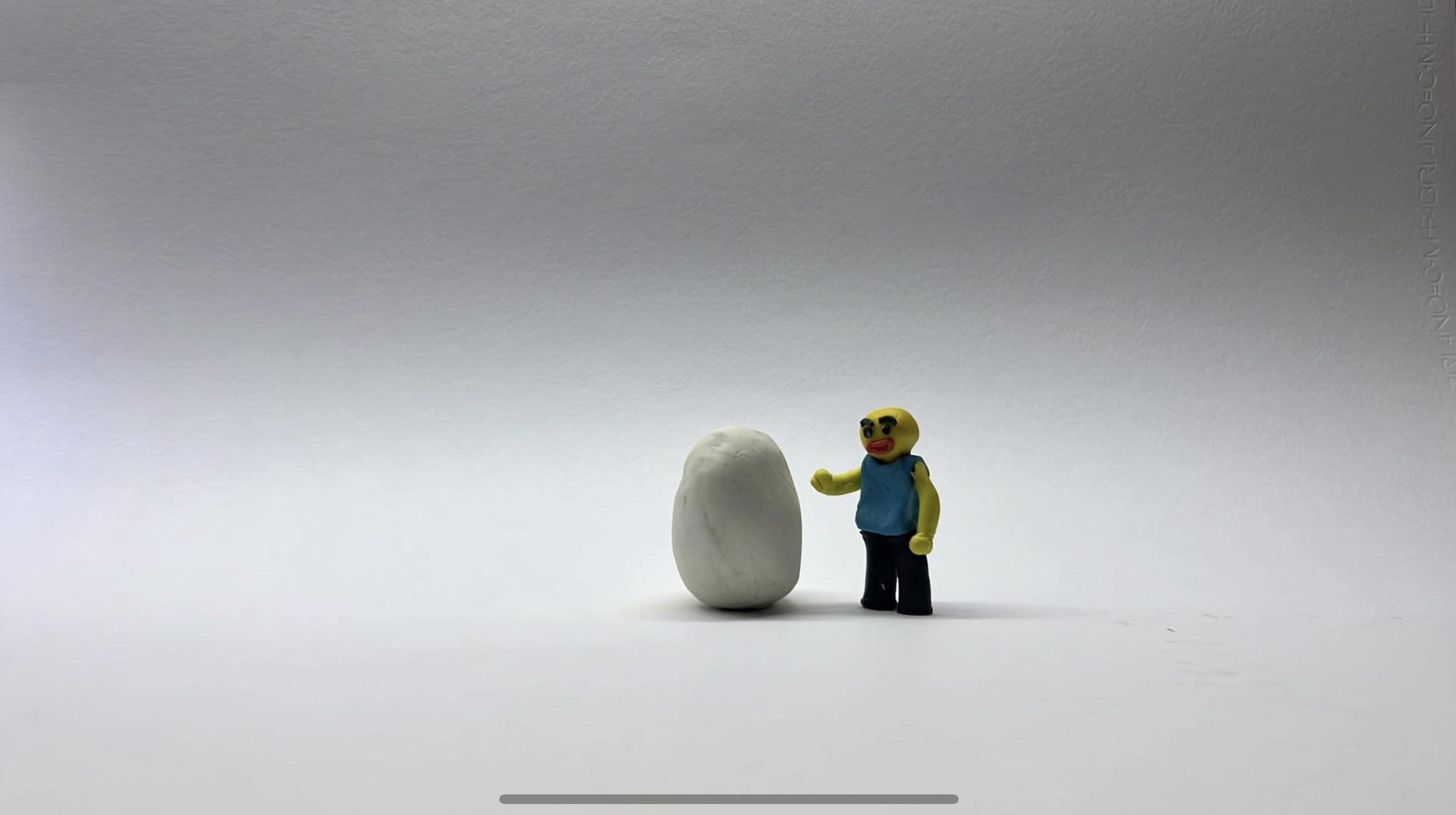
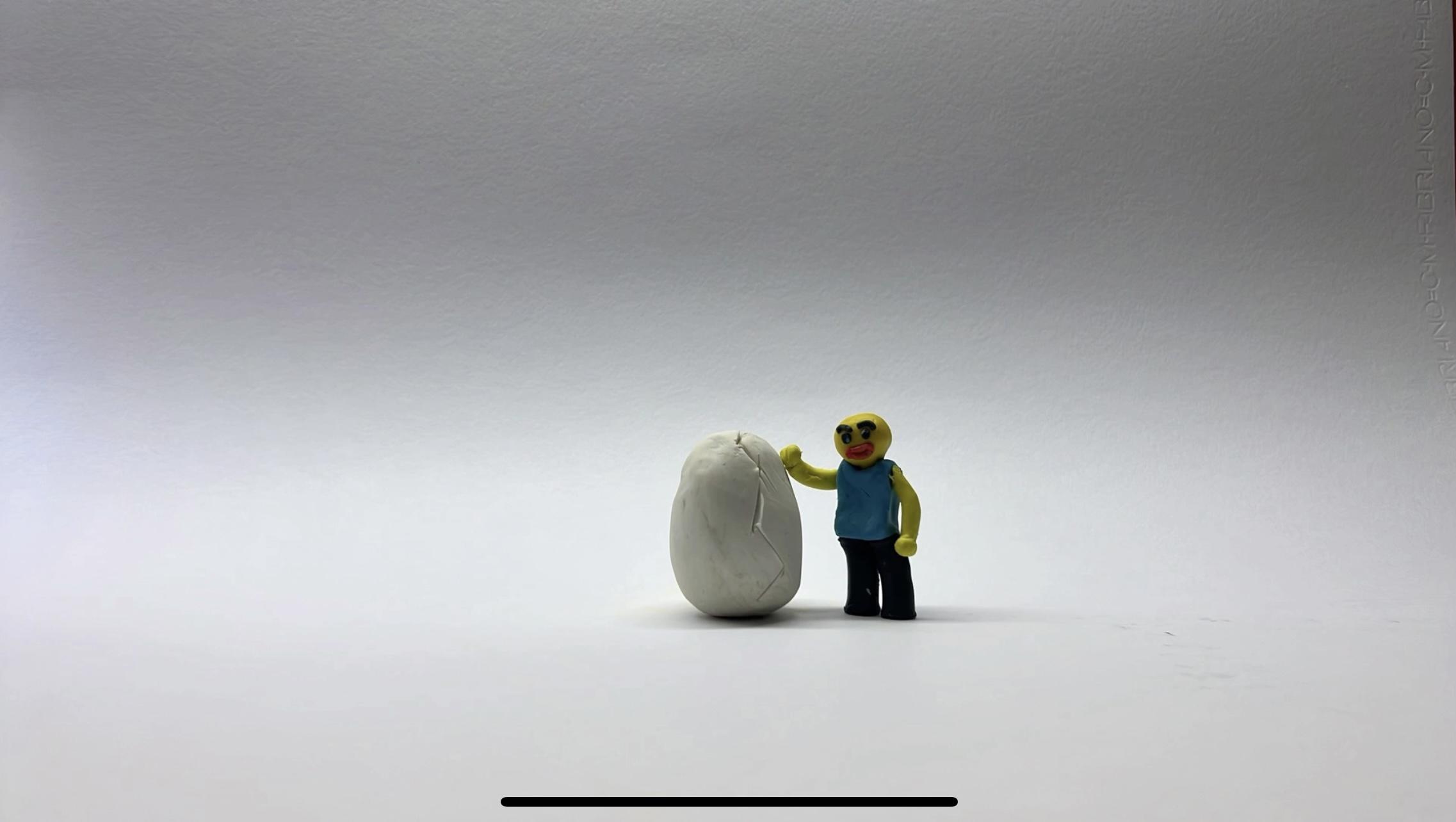
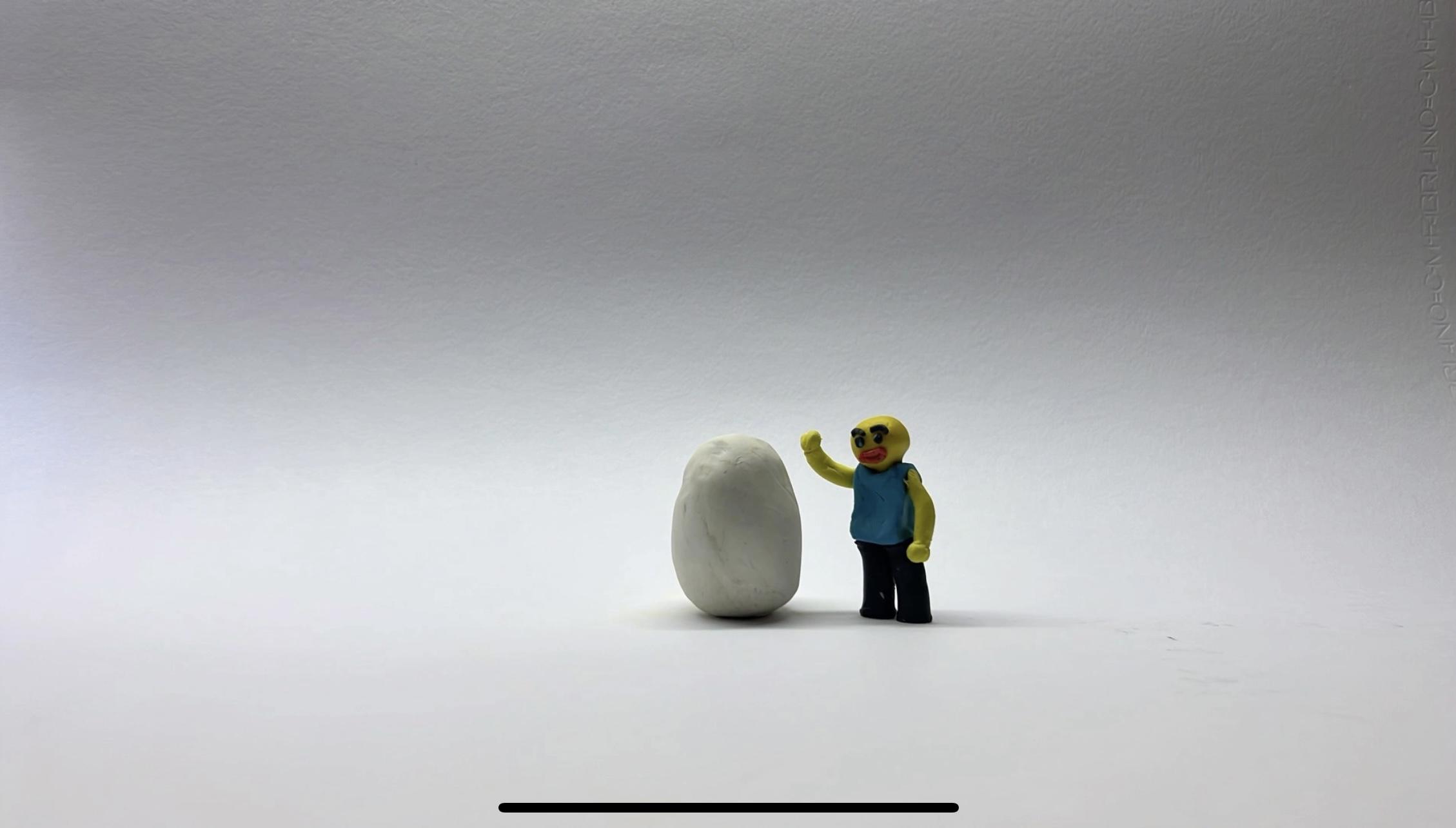




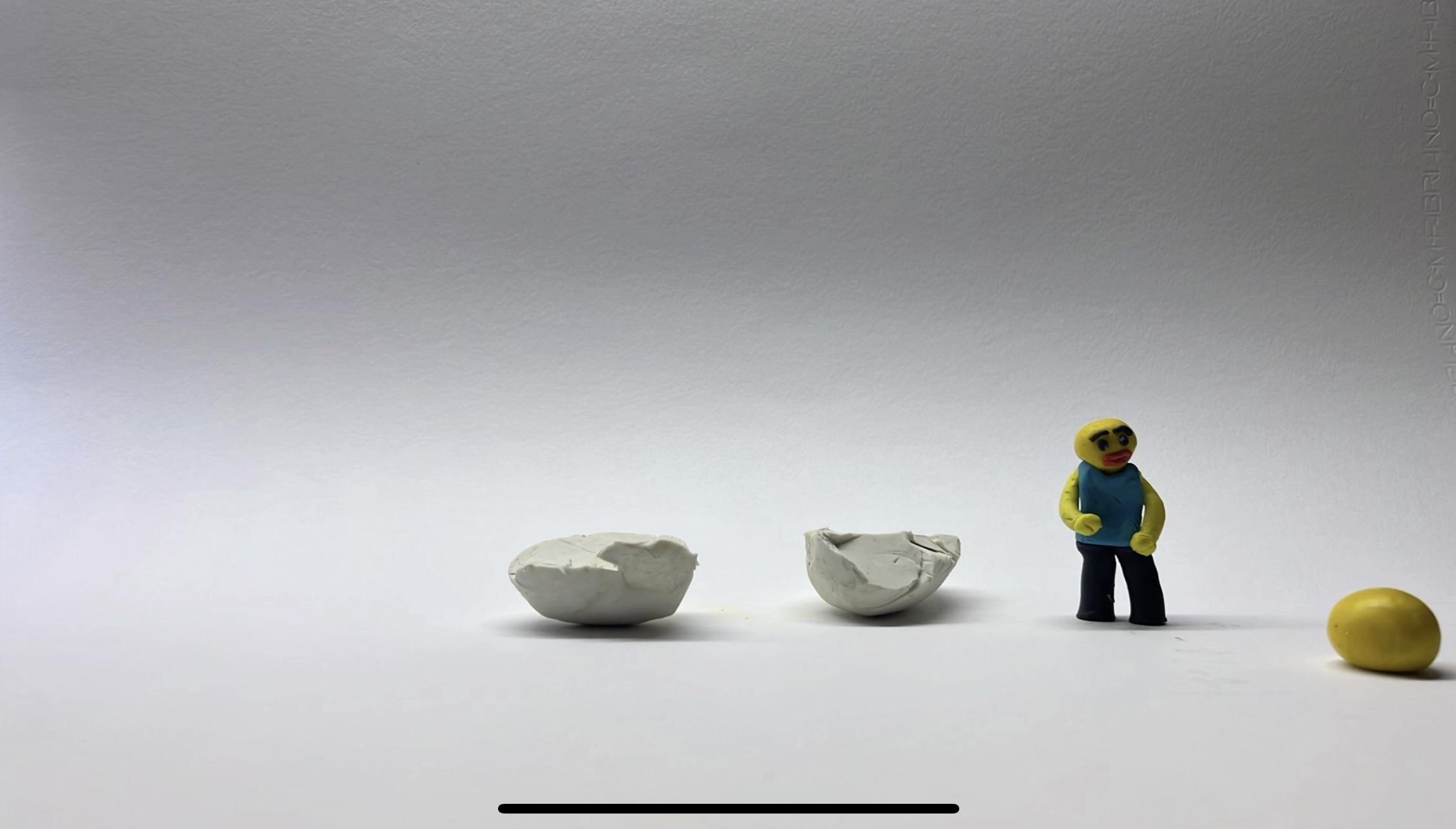

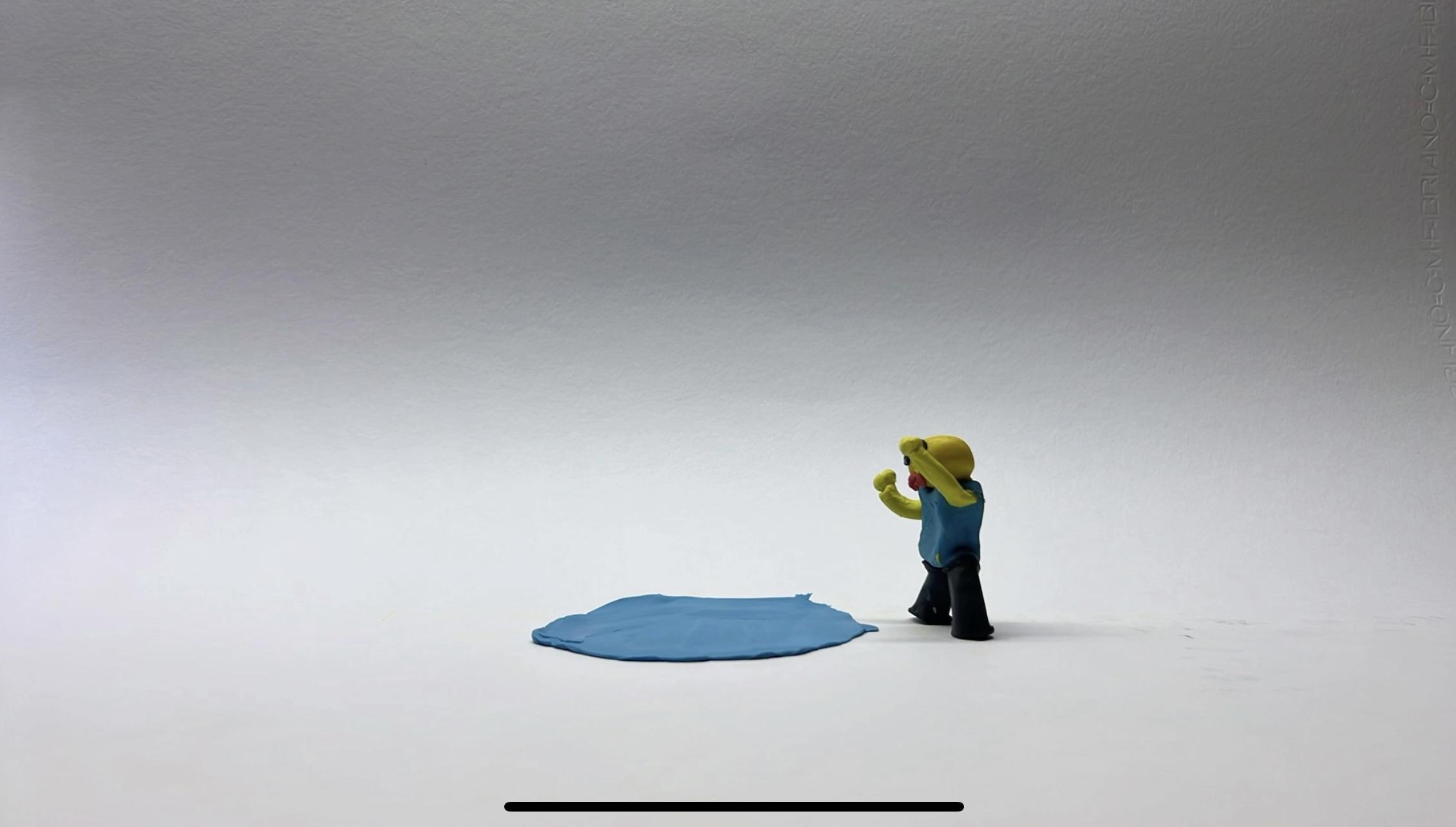


Model 5 3d plasticine compositions. Composed of both curvilinear and rectilinear volumes. Each composition is formed to create either central, radial, linear, grid, or cluster compositions.

Feedback Received
Rejected shapes, grid is nice, radial and linear are safe, but overall good exploration. Personal Reflection Could used other combinations not to play it safe. Grade 9.0/10
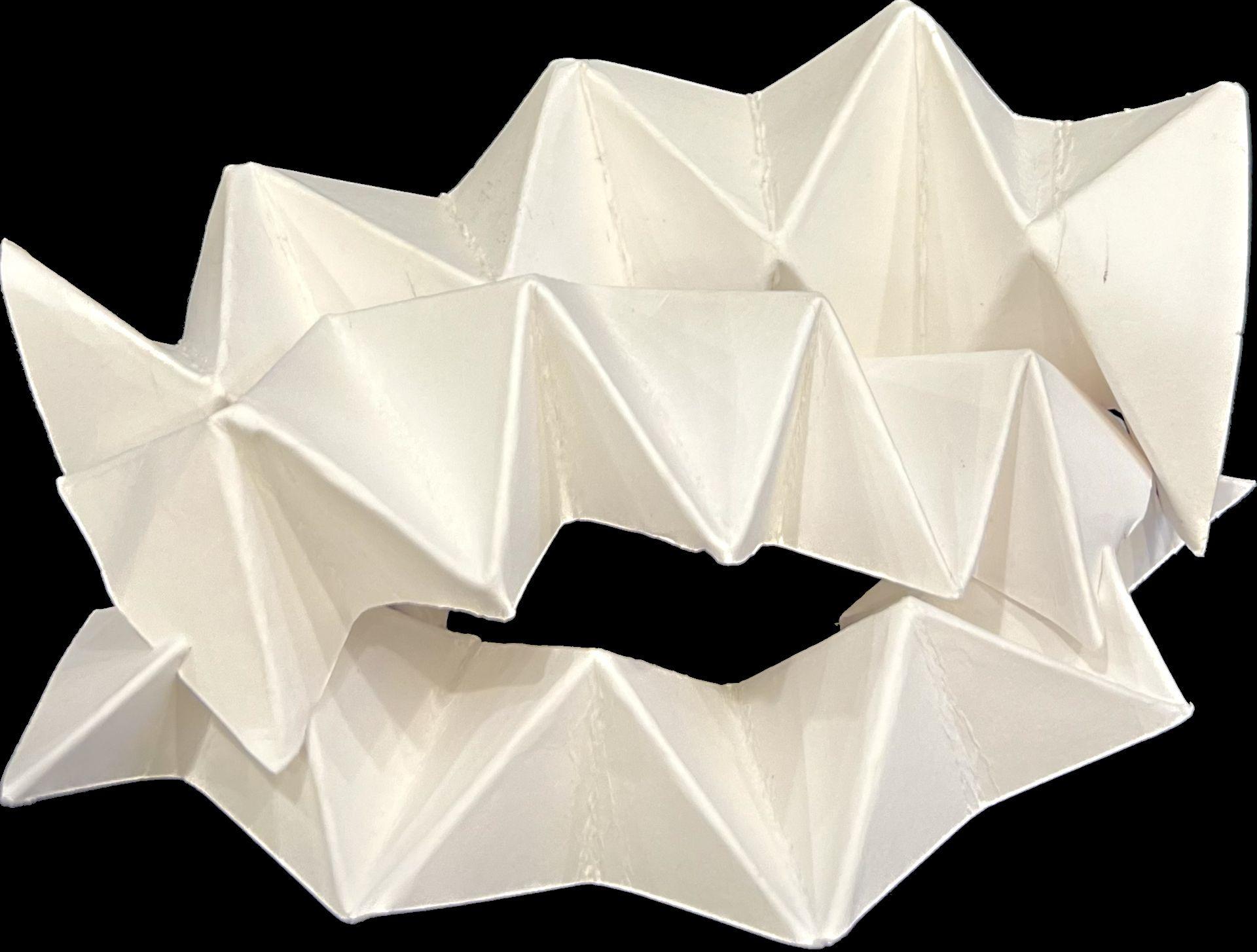

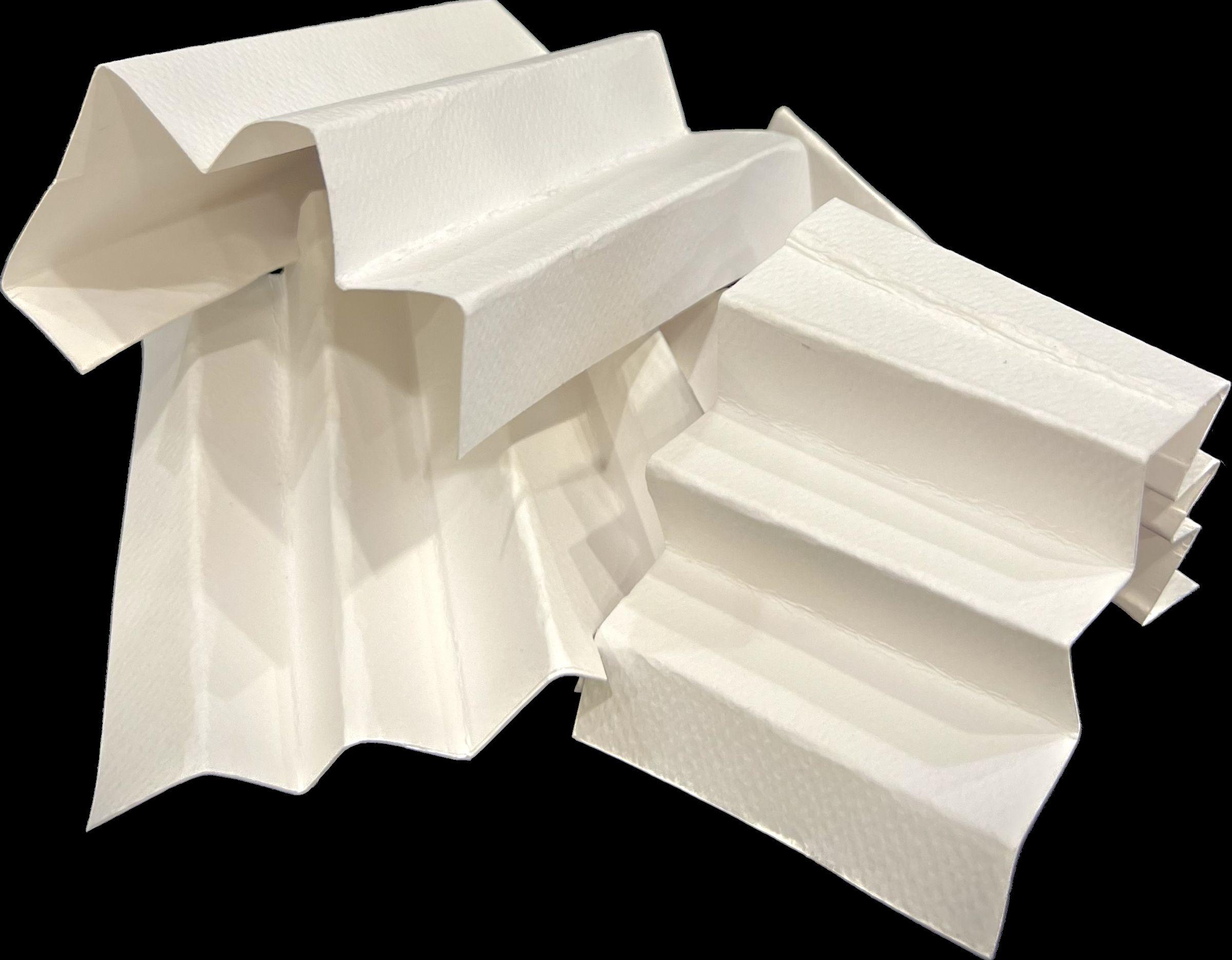
you are required to design and create a representational composition of a flower. However, it is to be a volumetric installation of larger-than-life, monumental scale using planar materials

The composition was really good and one of the best made in comparison to others. Personal
This took a lot of time and effort as it was too large (2 meters), but I was satisfied with the result. Grade

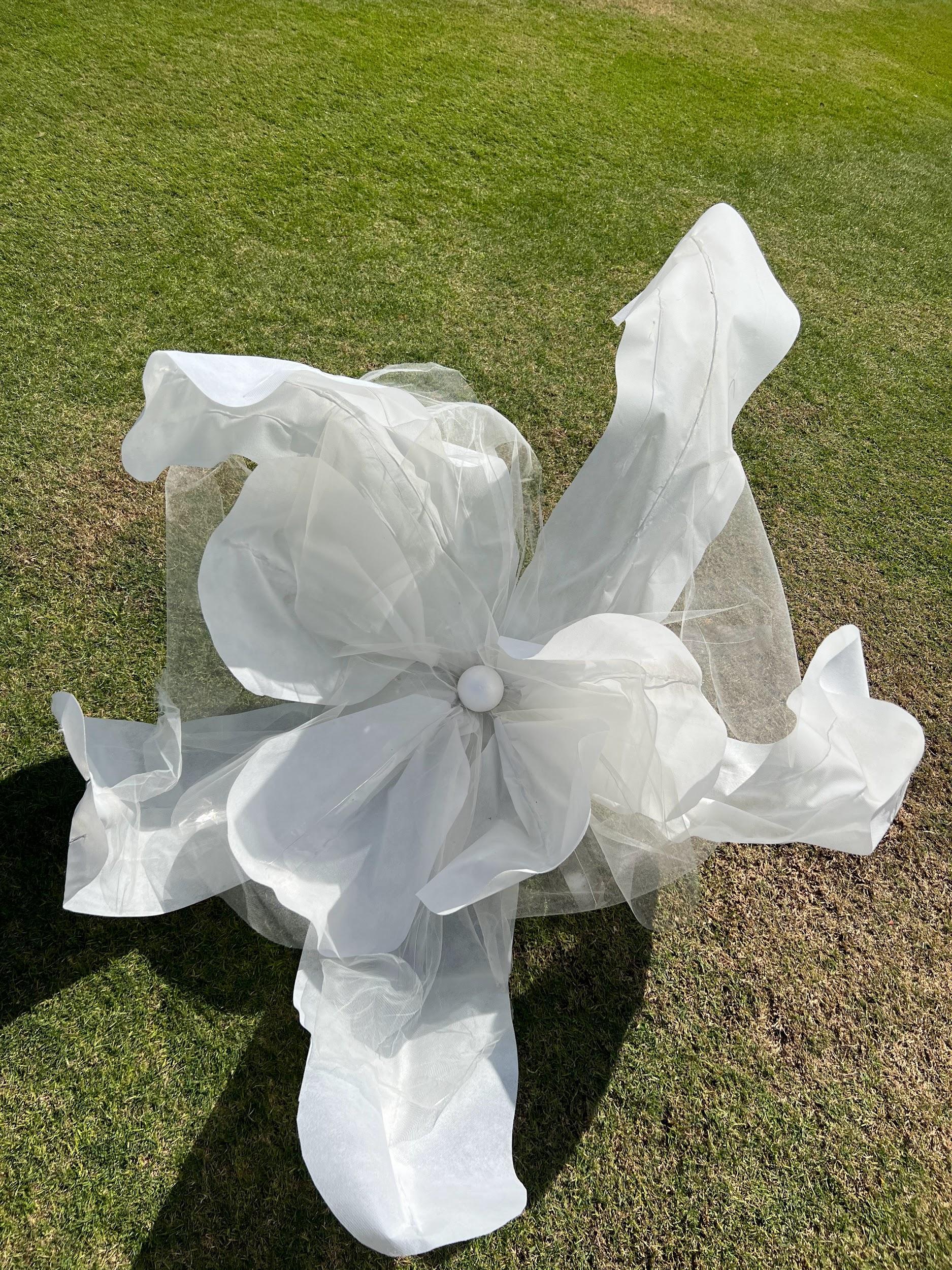
We were required to listen to 20 soundtracks and interpret how we feel with this music in compositions using wires. Feedback Received Good variety of compositions.
At the end of this assignment I started running out of ideas for different compositions Grade 8.5/10




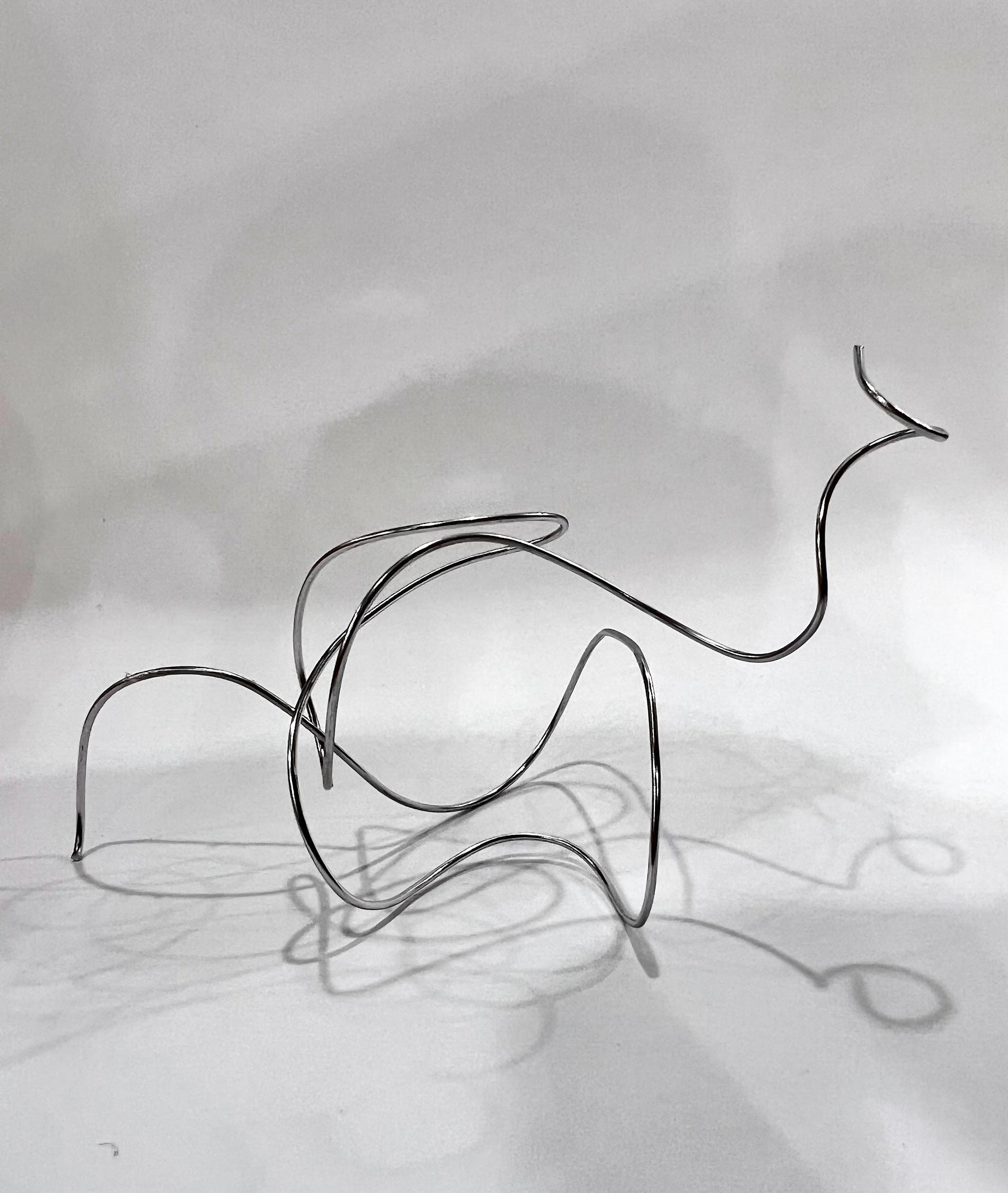
Objective you are required to express (Airport, Hotel, Hospital, School), each one in a representative abstract composition.
Bonus: Factory & Zoo.
Feedback Received School - good Hotel - good Hospital - no Airport - good Factory - good Zoo - Wow!
*Different expressions/ good Personal Reflection
This was very stressful as not all materials were available and the time was very short. Grade

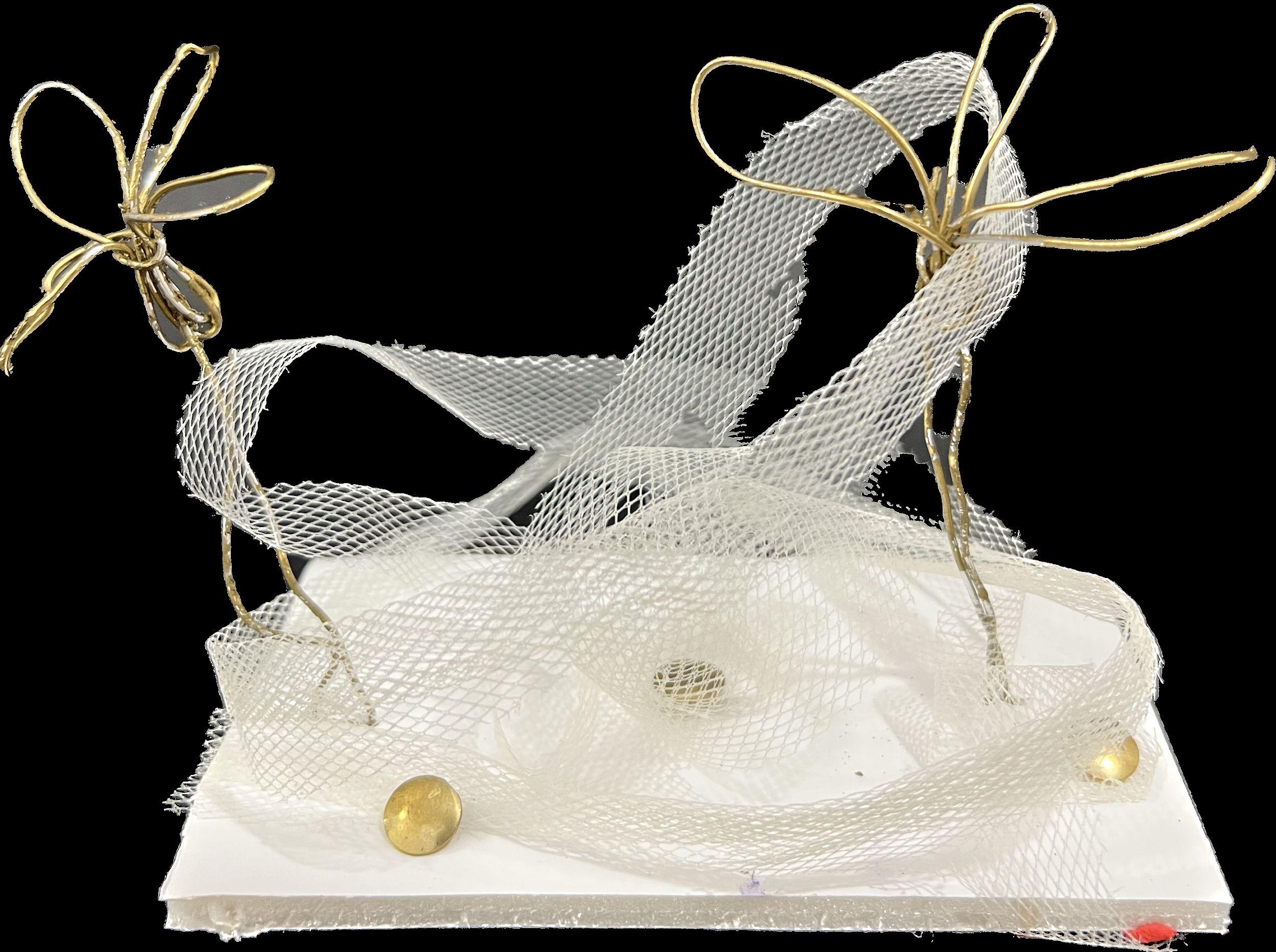

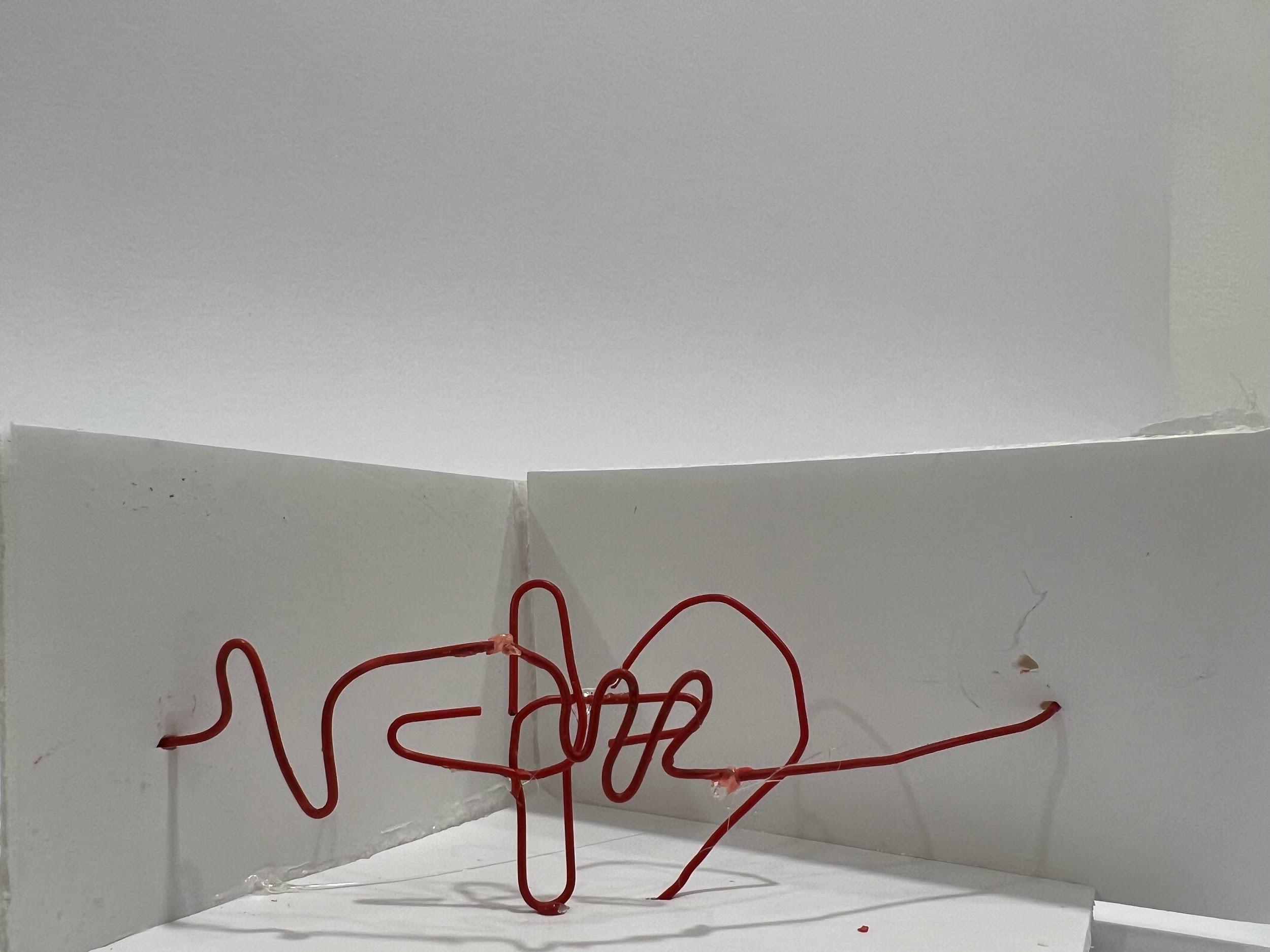


The notion of twins has always been a mysterious and interesting phenomenon, inspiring many artists and designers. Drawing inspiration from the idea of twins, you are required to design a pair of abstract models that are a replica of one another.

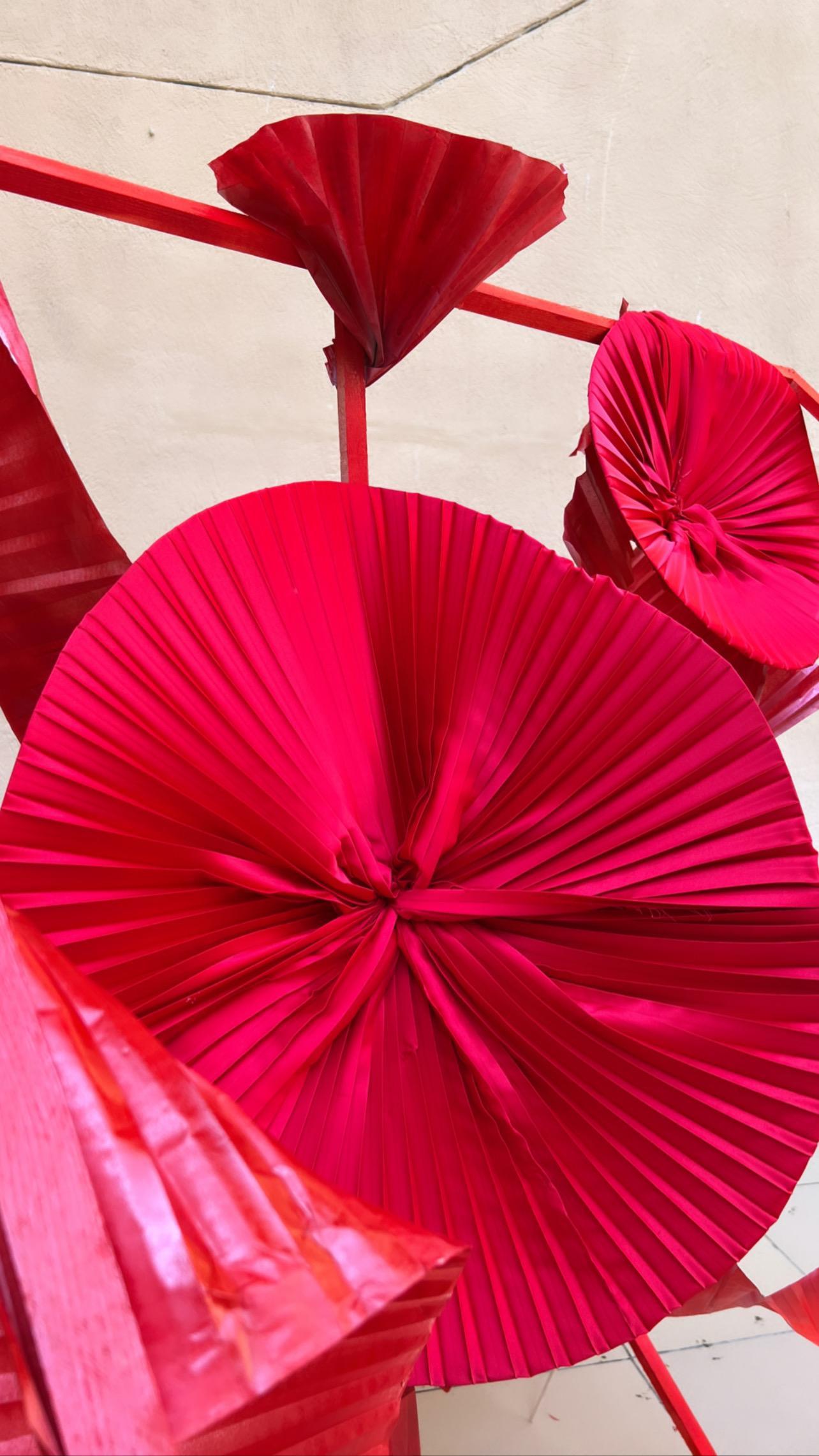

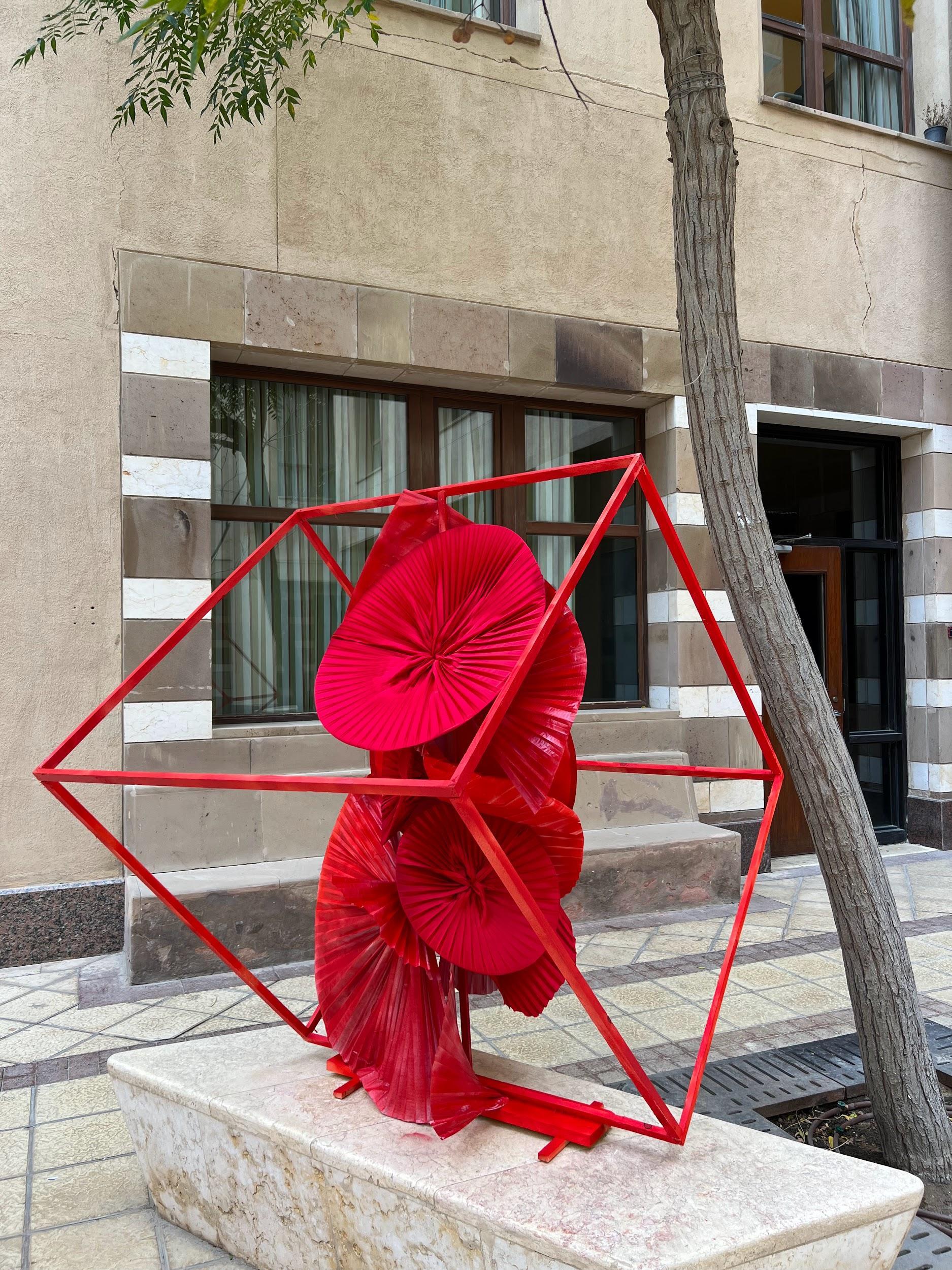

Exploring lines as a design unit, you are required to create a large scale interactive installation, placed in a public setting in SSE Building. You are expected to design how the composition interconnects with its surrounding space and architecture, and in turn, how users interact with it to create a new spatial experience





Do not subtract the corners. Do not squeeze. Do not wet. Do not sing to it. Do not scratch. Do not pierce. Do not pinch. Do not stamp. Do not take outside for a walk. Do not rub it with dirt hands. Do not tie a string to it and swing wildly. Do not let it hit the walls. Do not work while eating and drinking. Do not stab it. Do not shake/vibrate. Do not spray on. Do not walk on with your shoes. Do not paint this. Do not drag on the floor. Do not stick anything on. Do not let the person sitting next to you add something.

We were asked to write down some random things we had at that moment. Then randomly pick 3 of these objects and create a random composition with them. Grade 9.5/10
